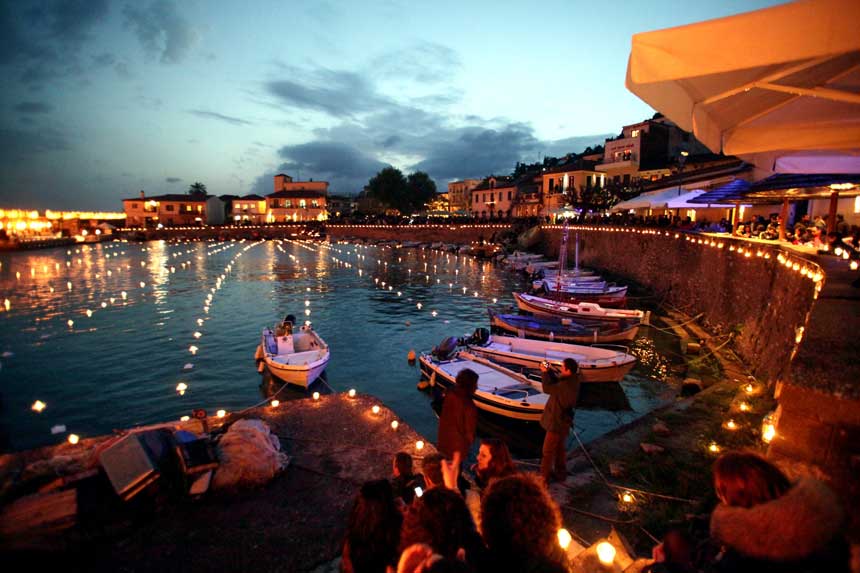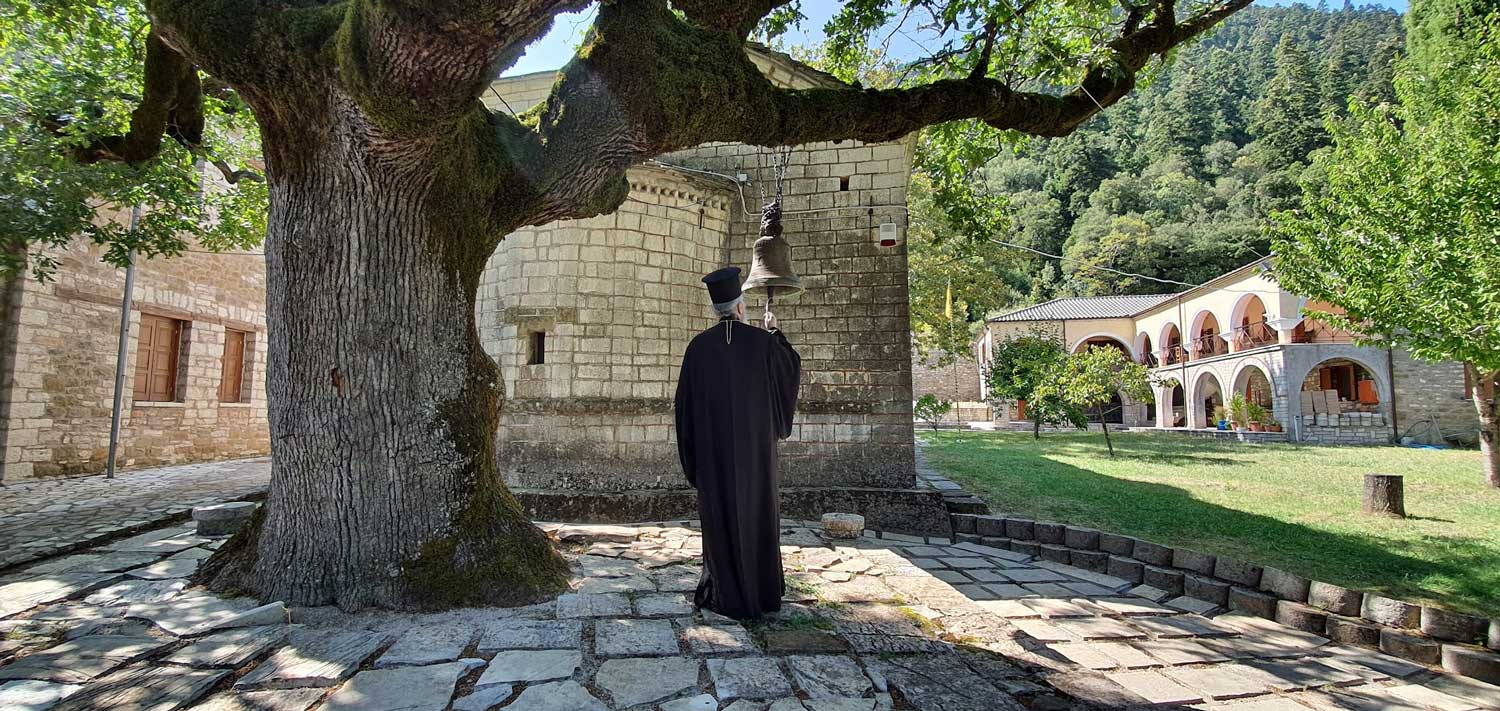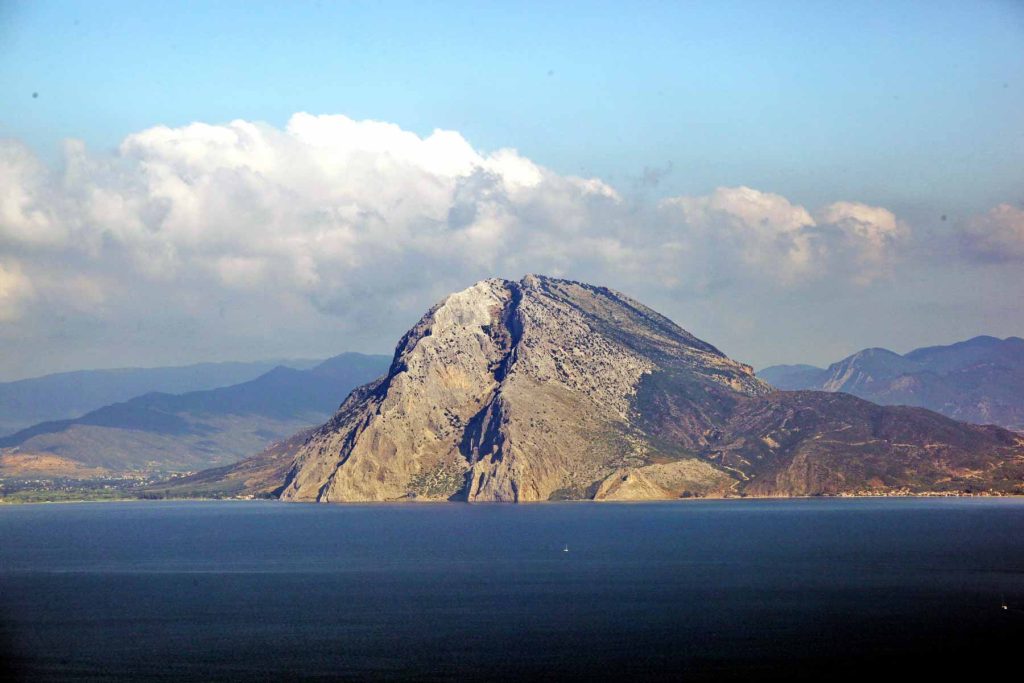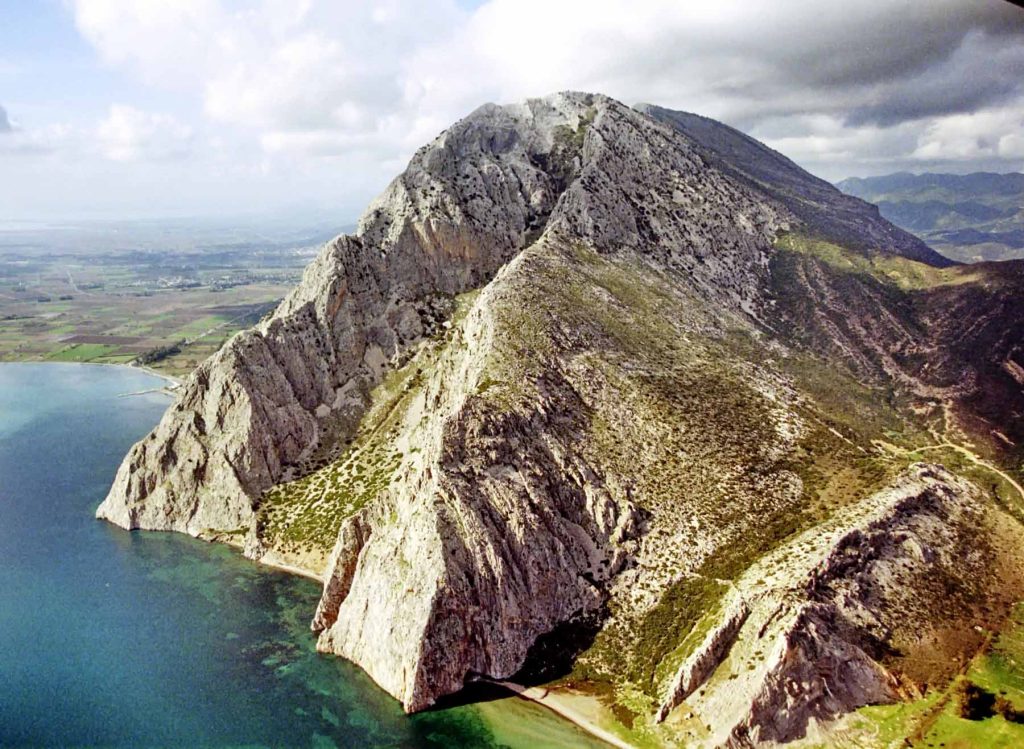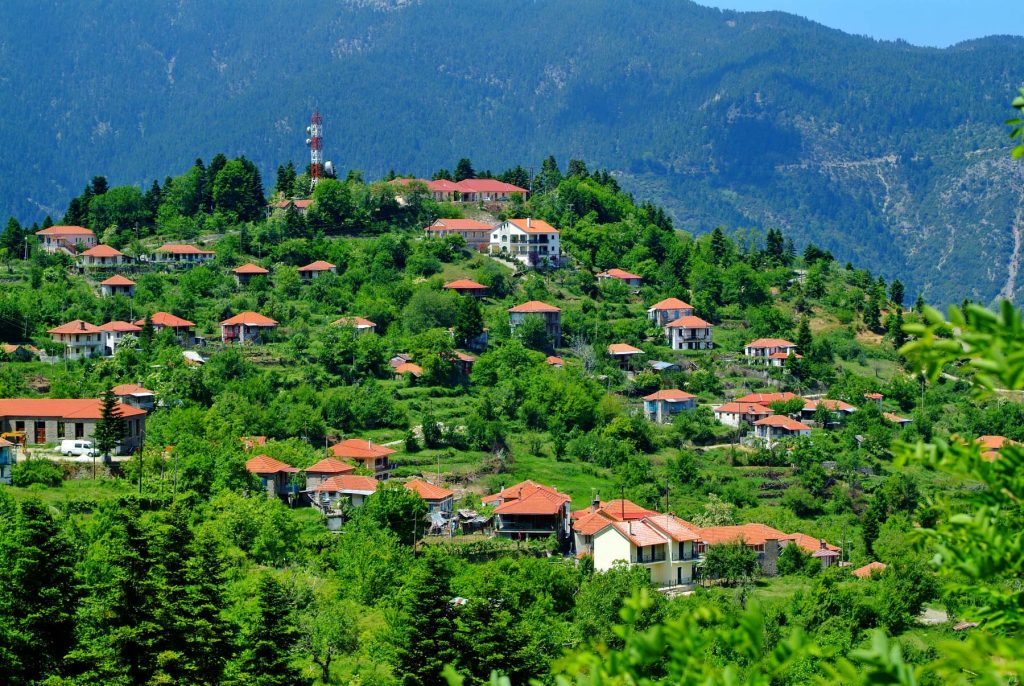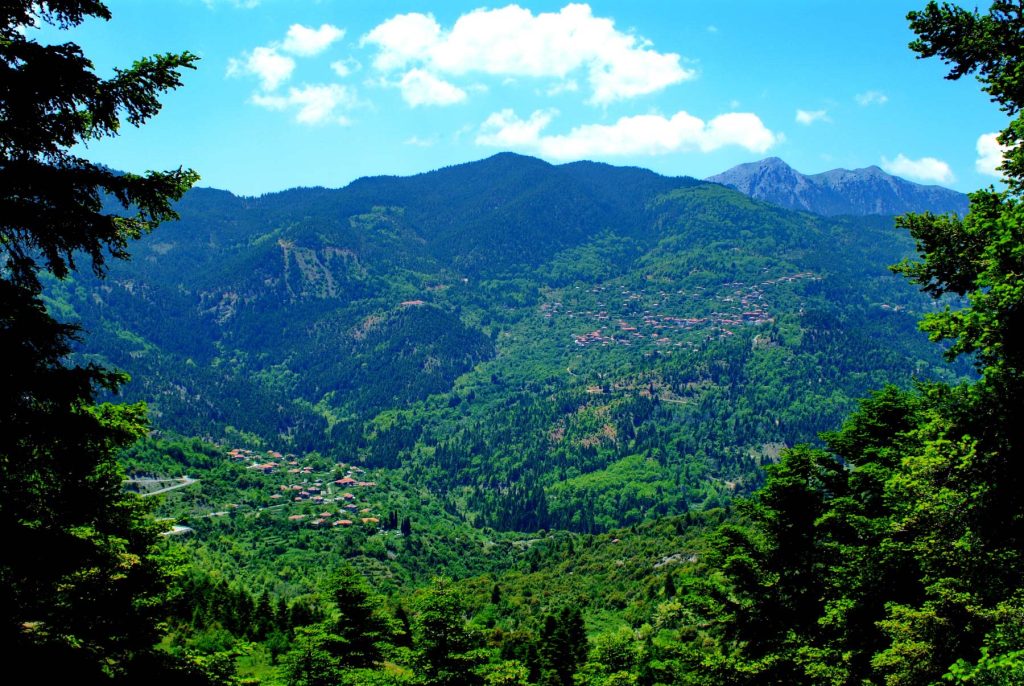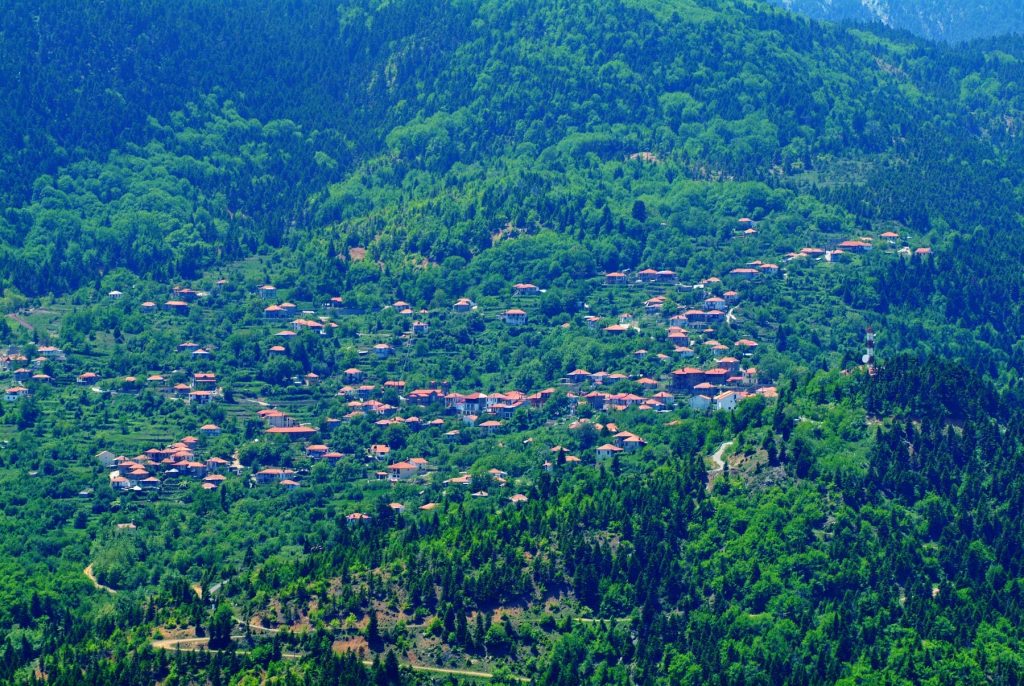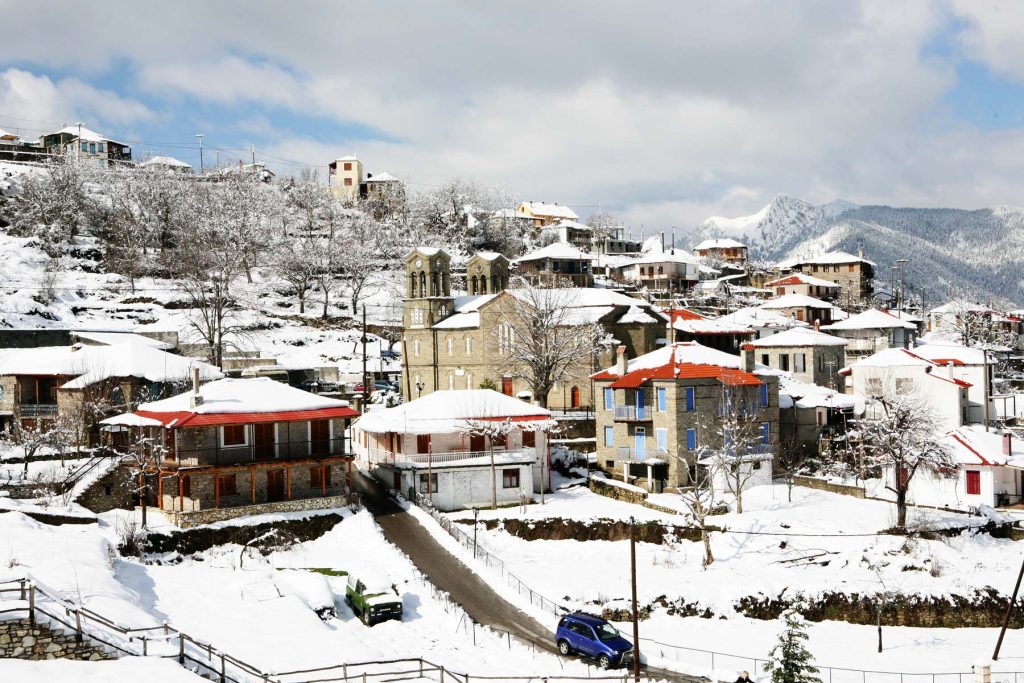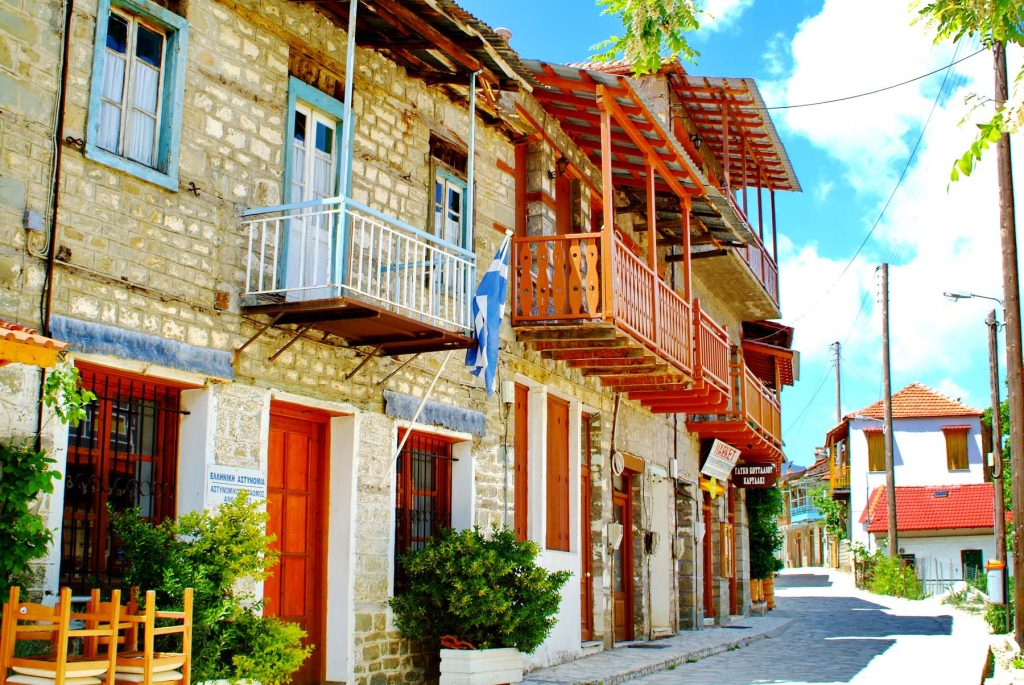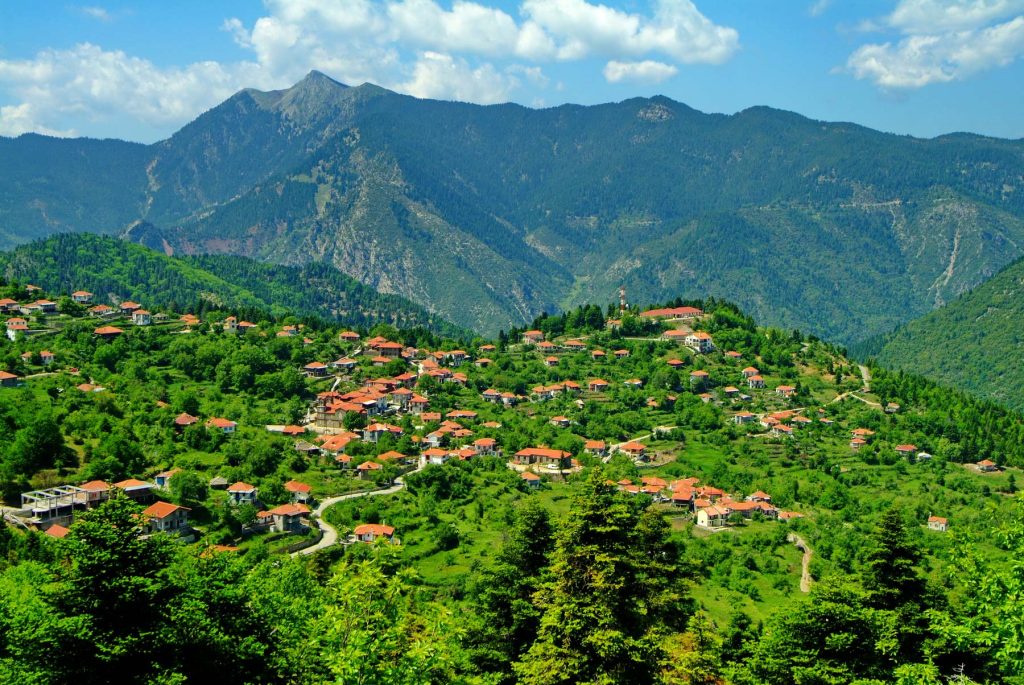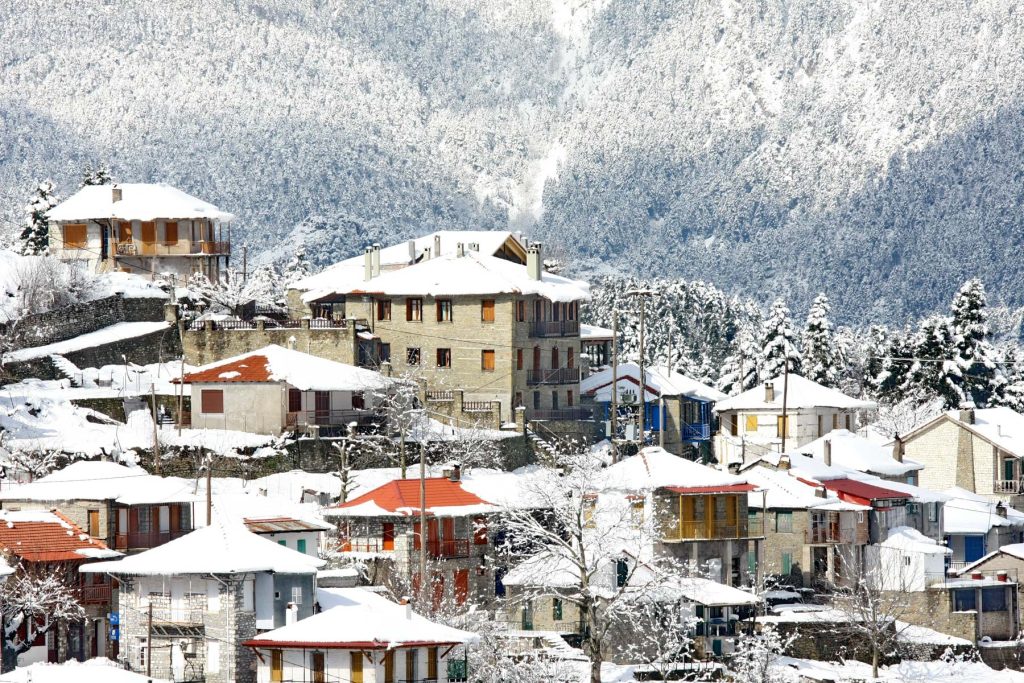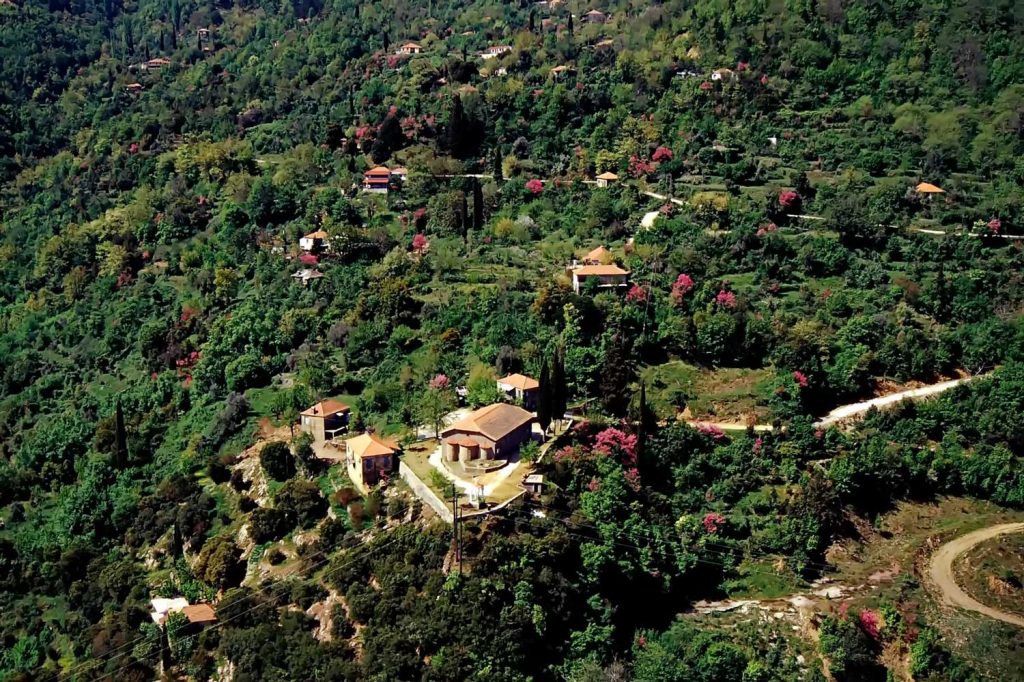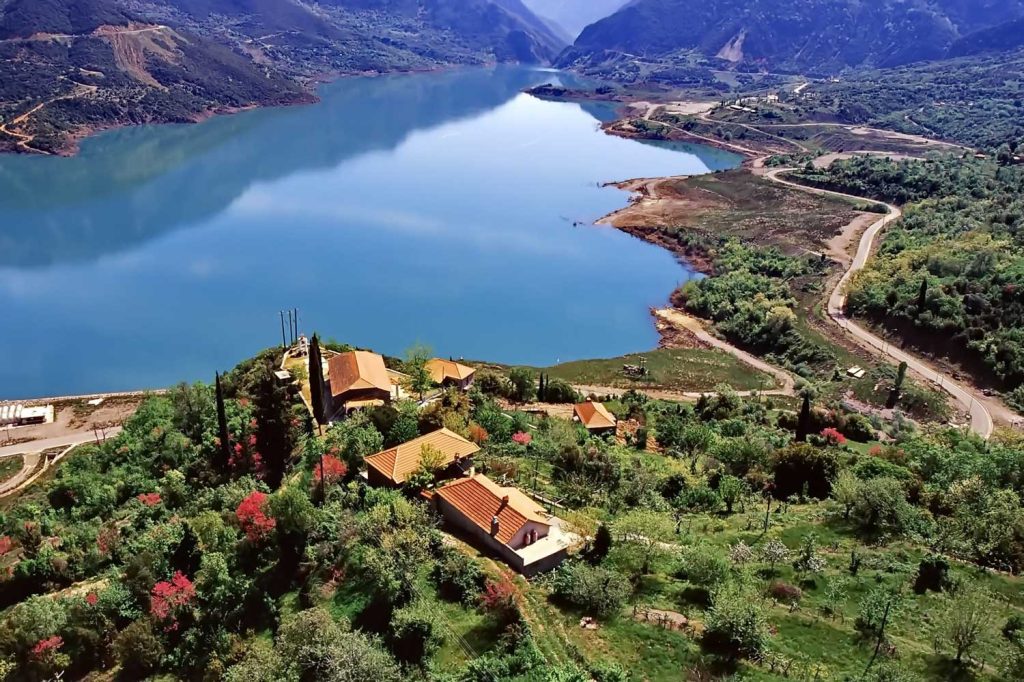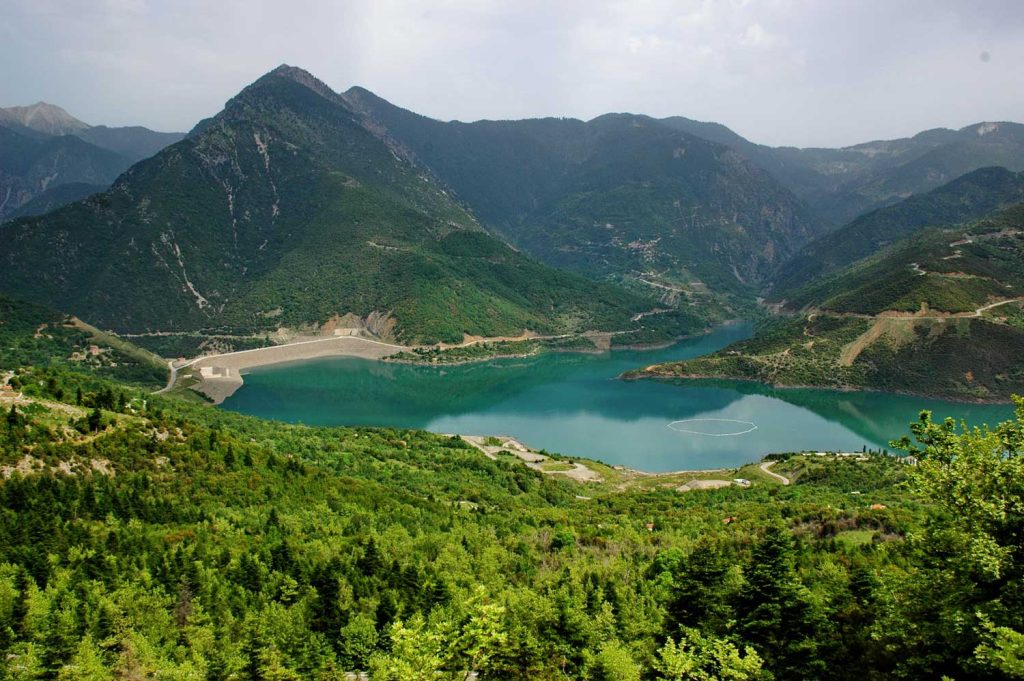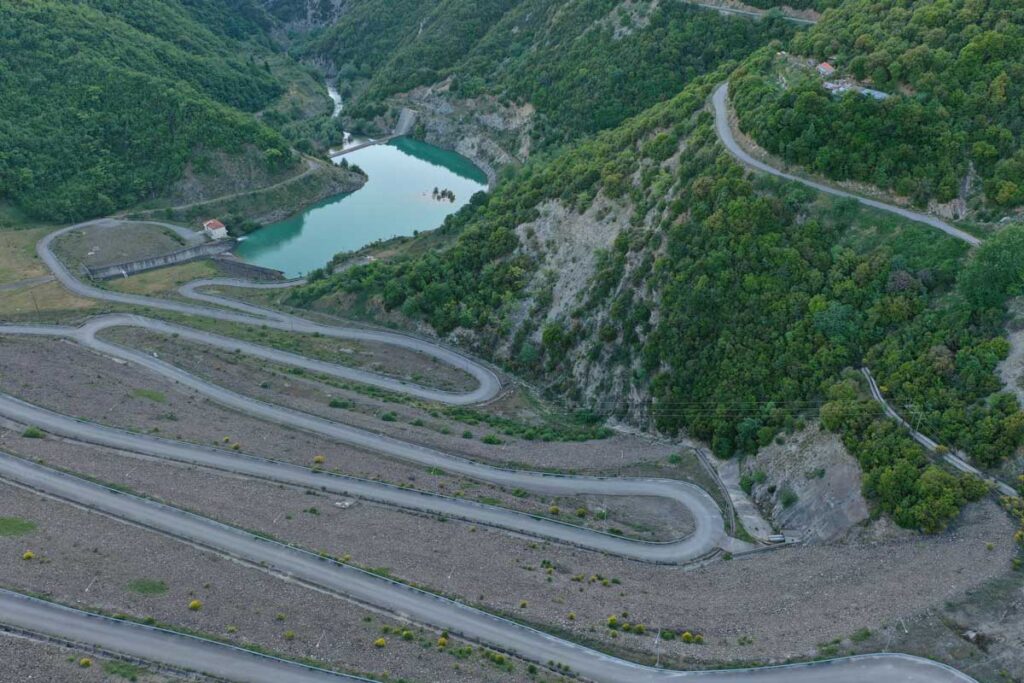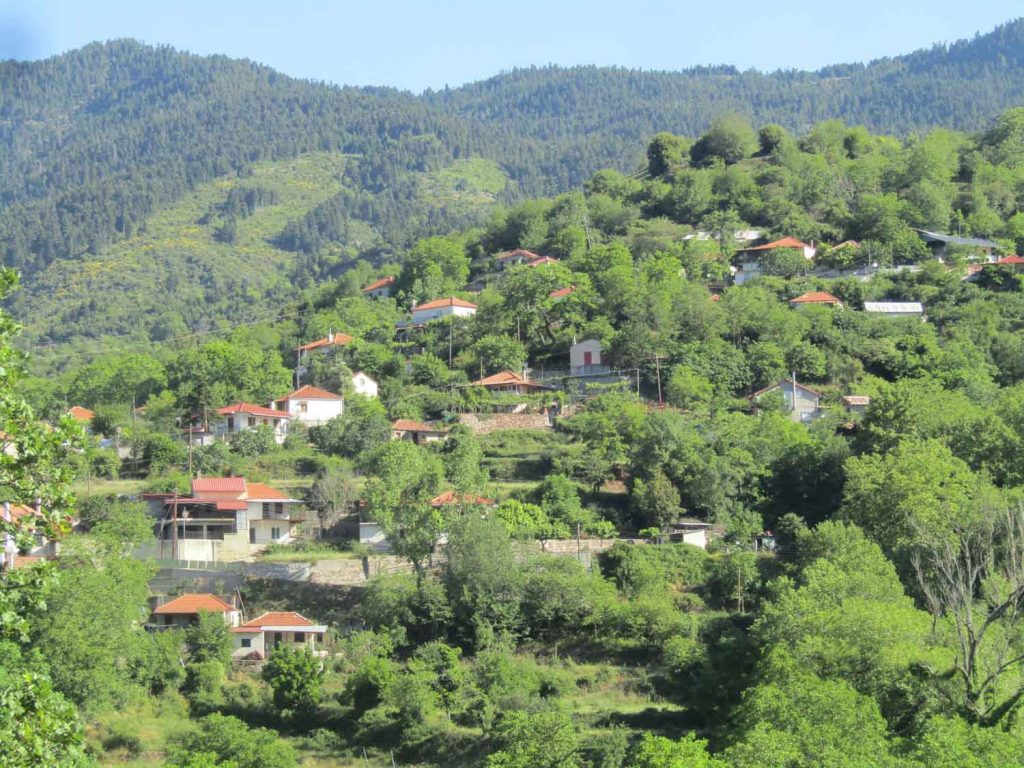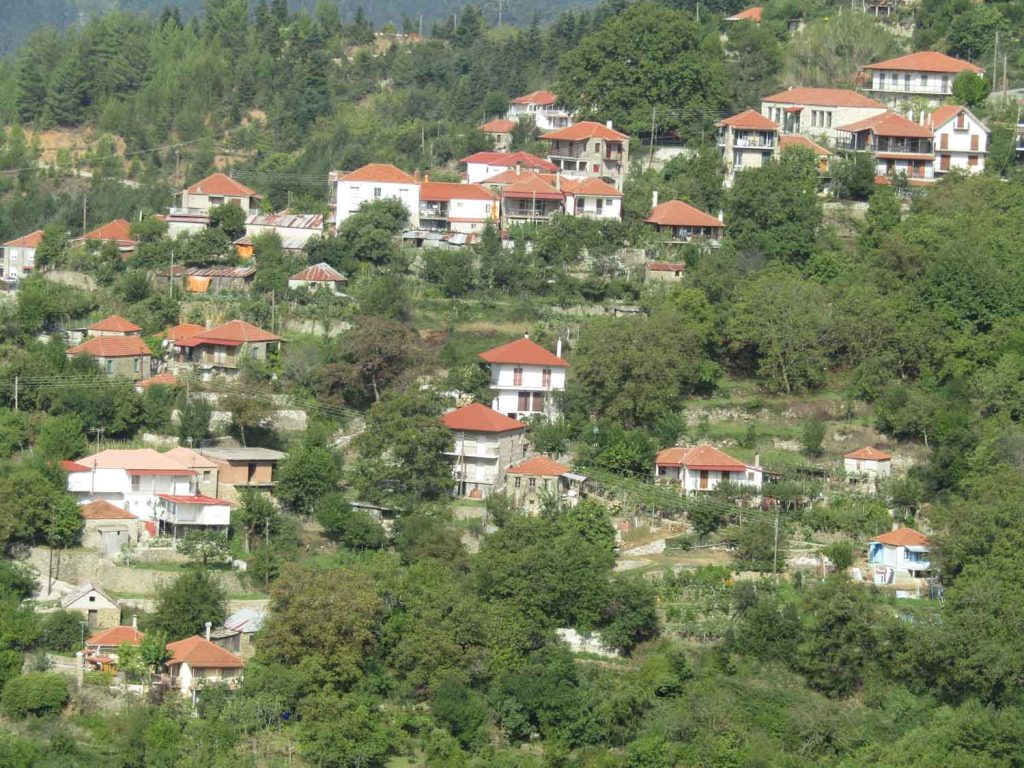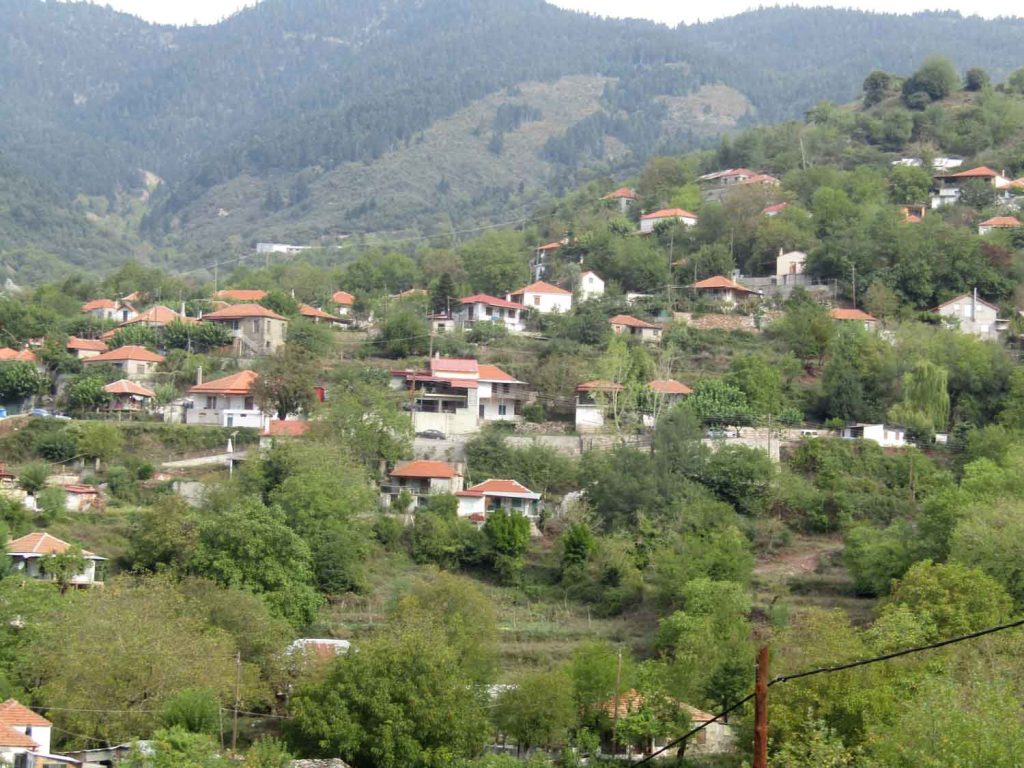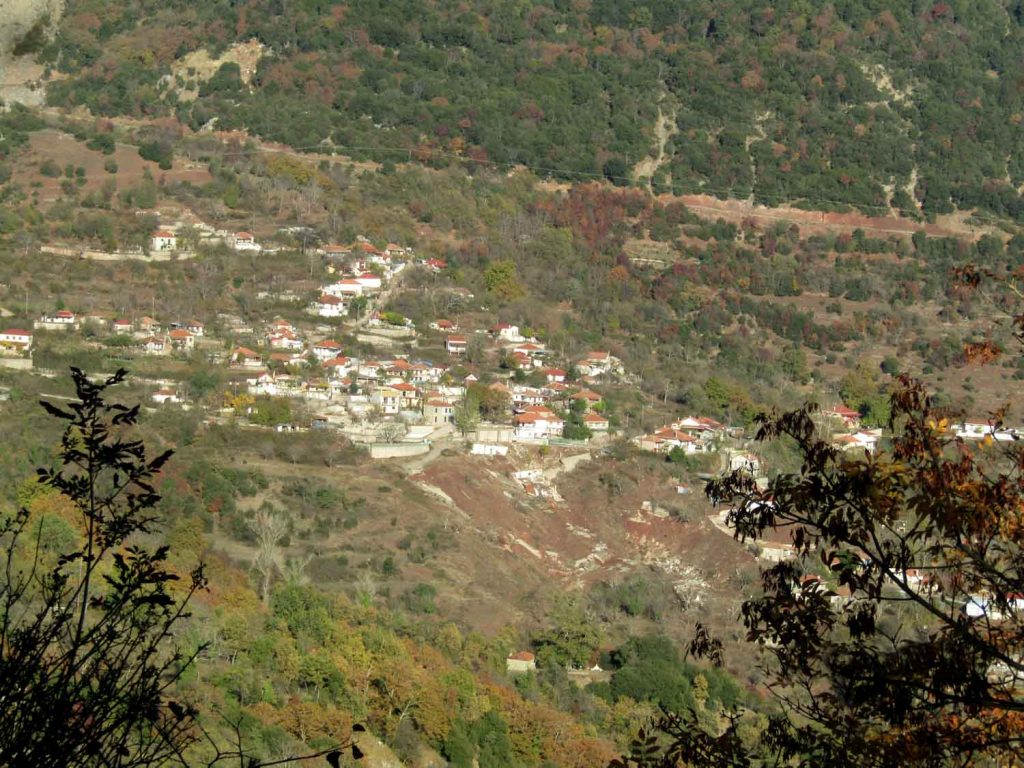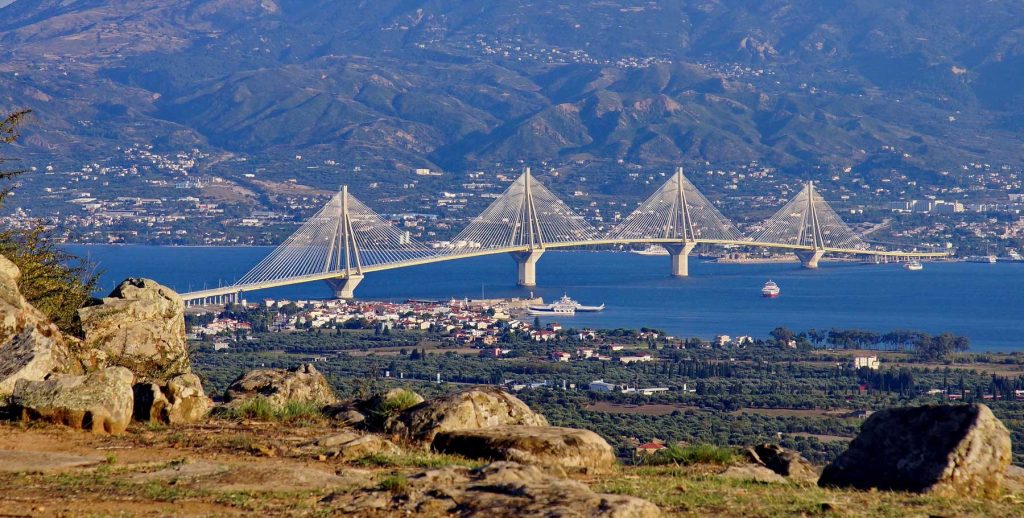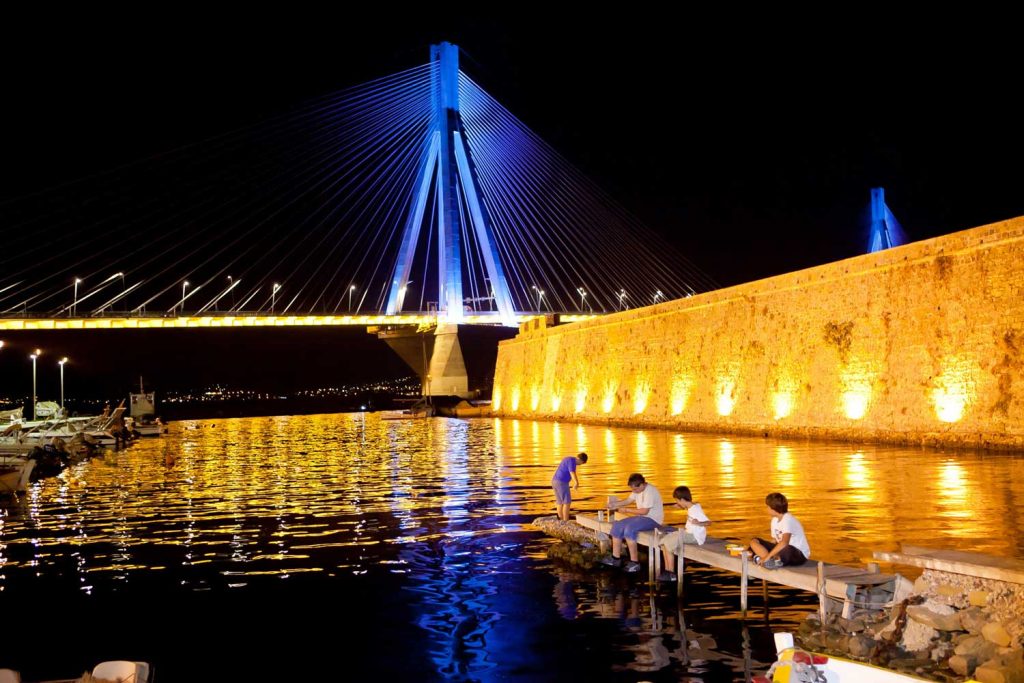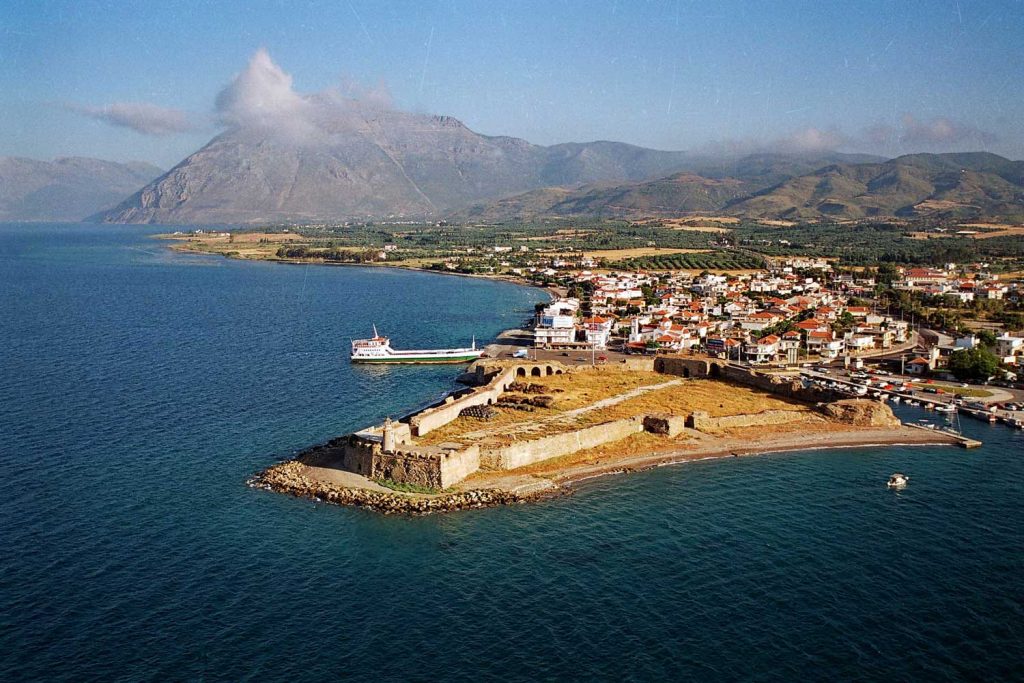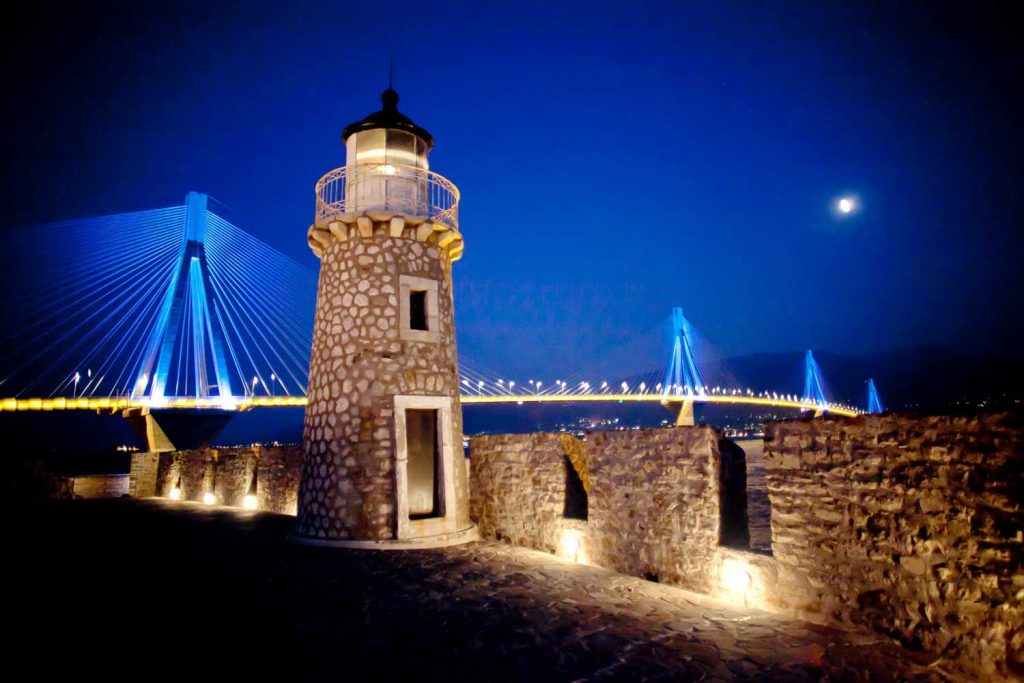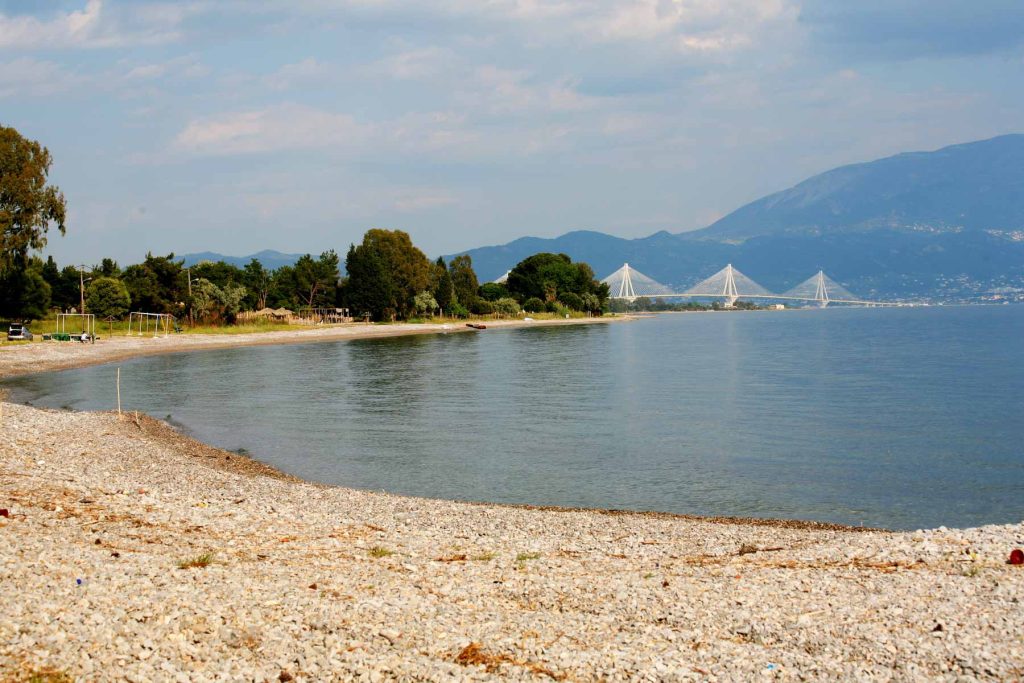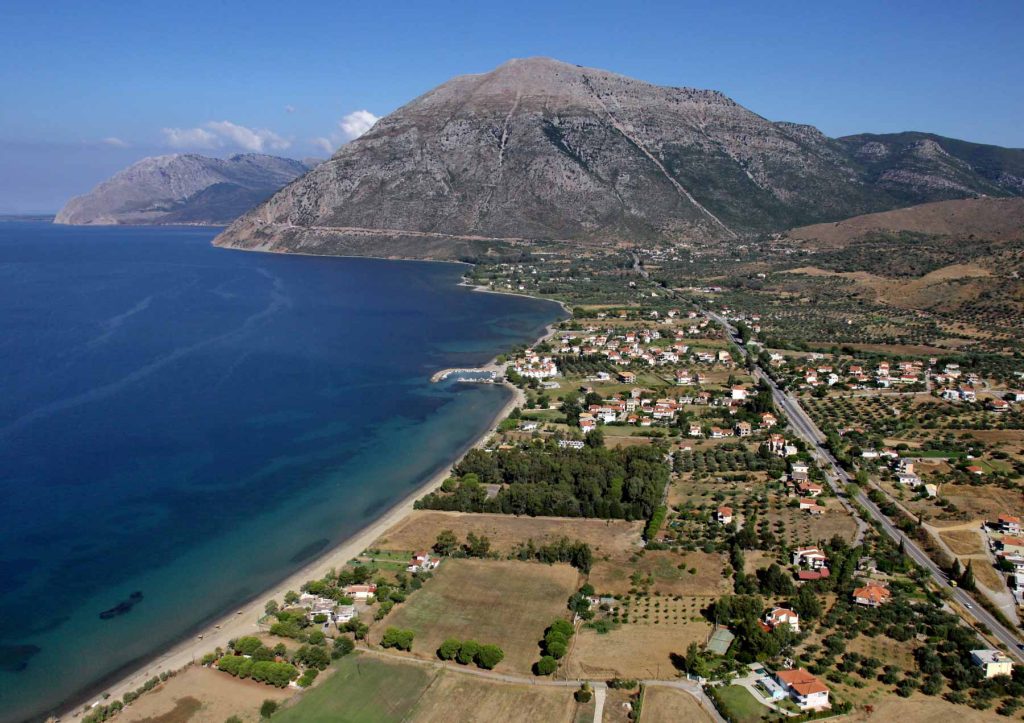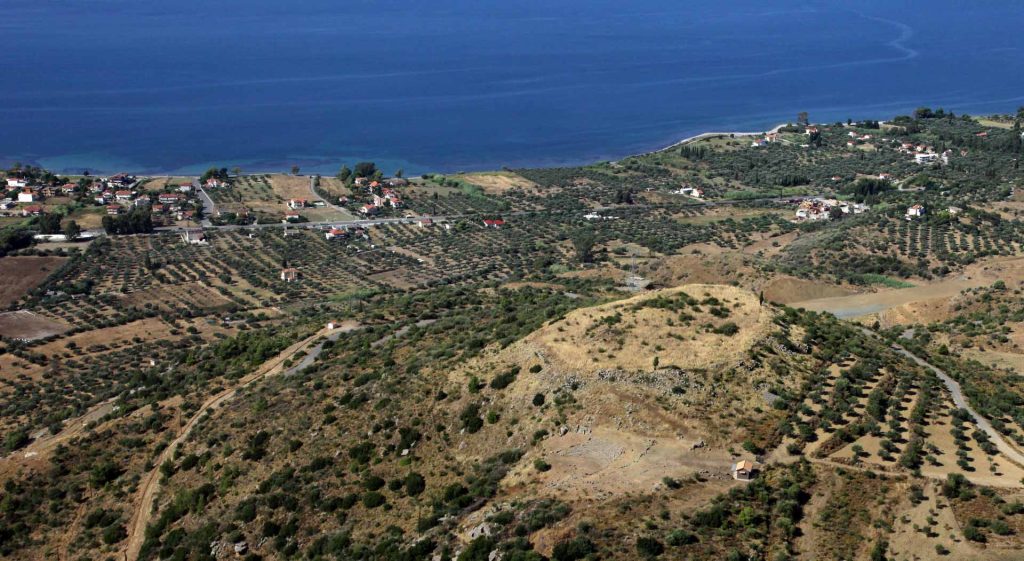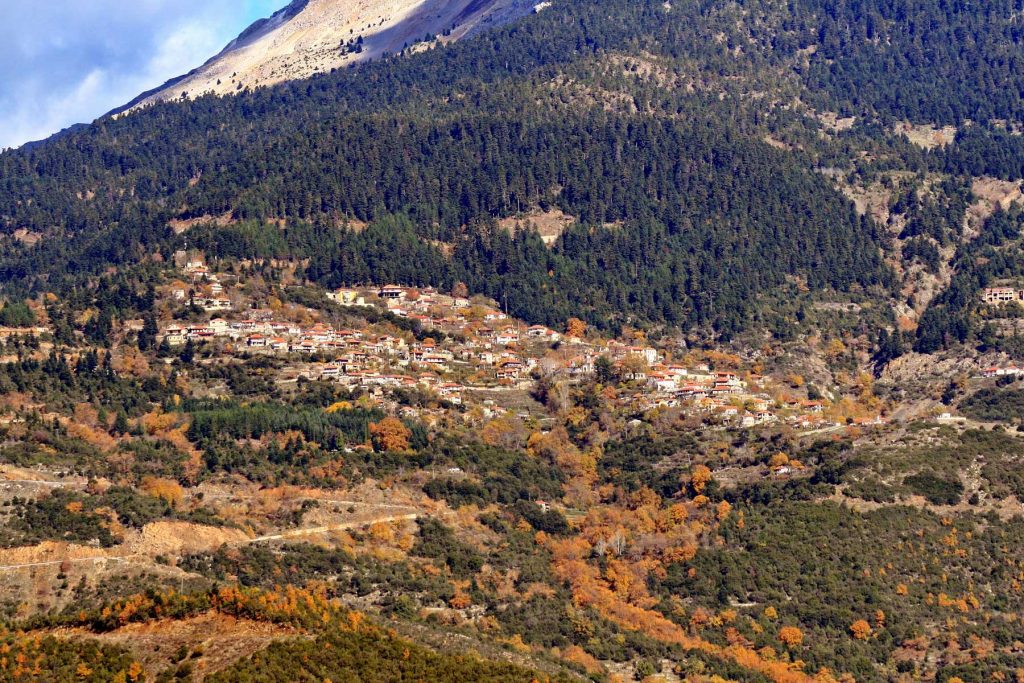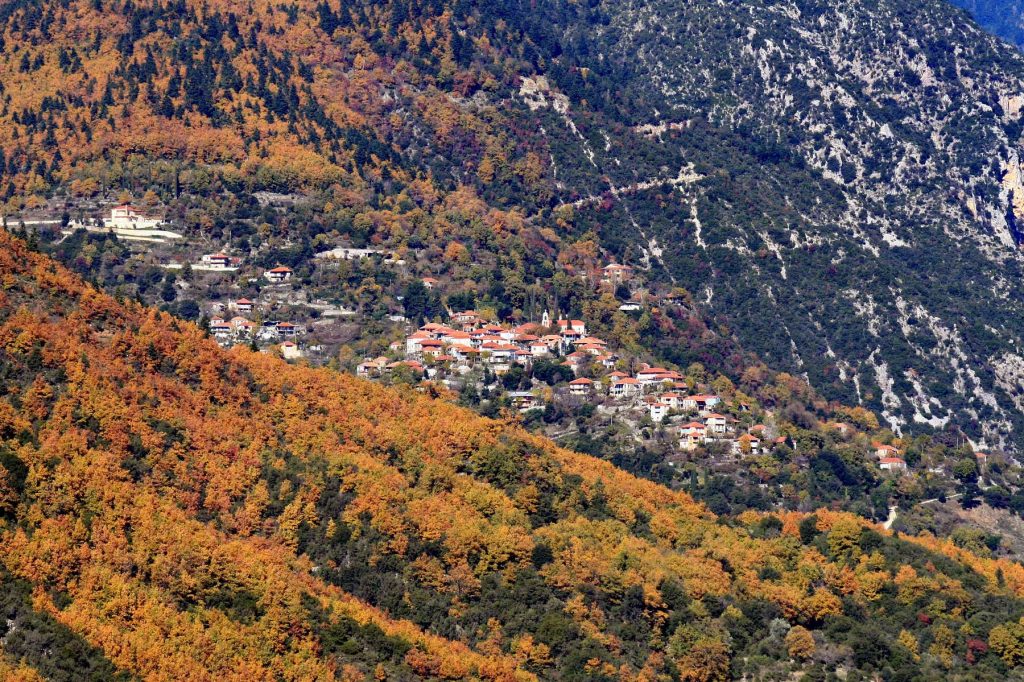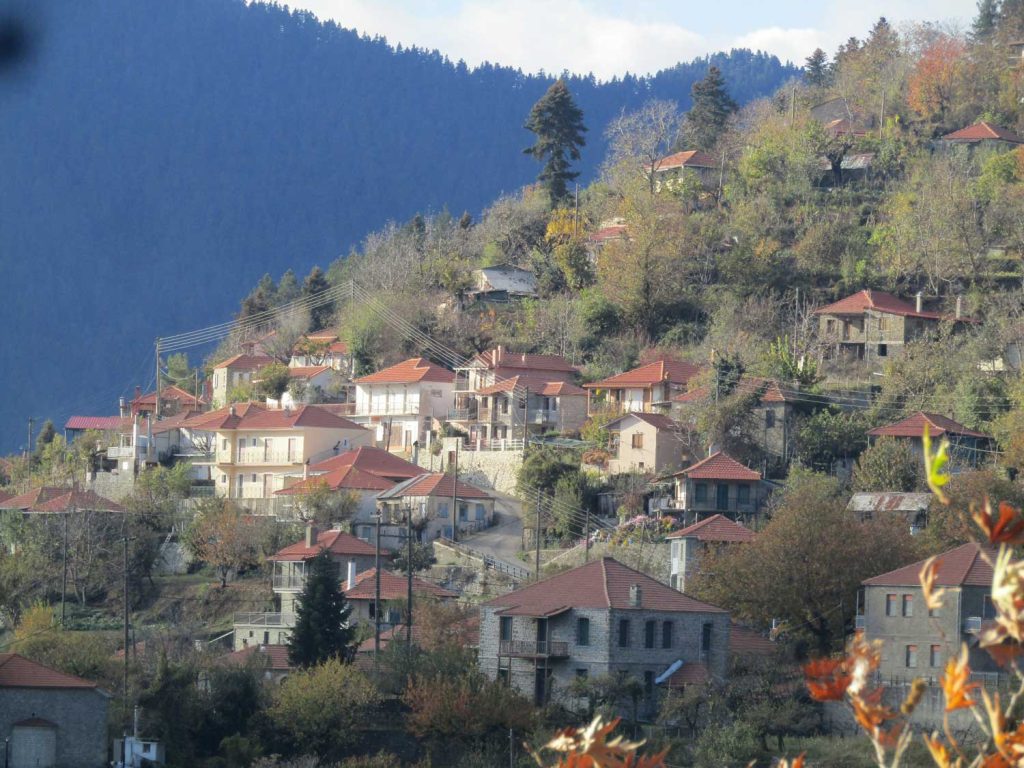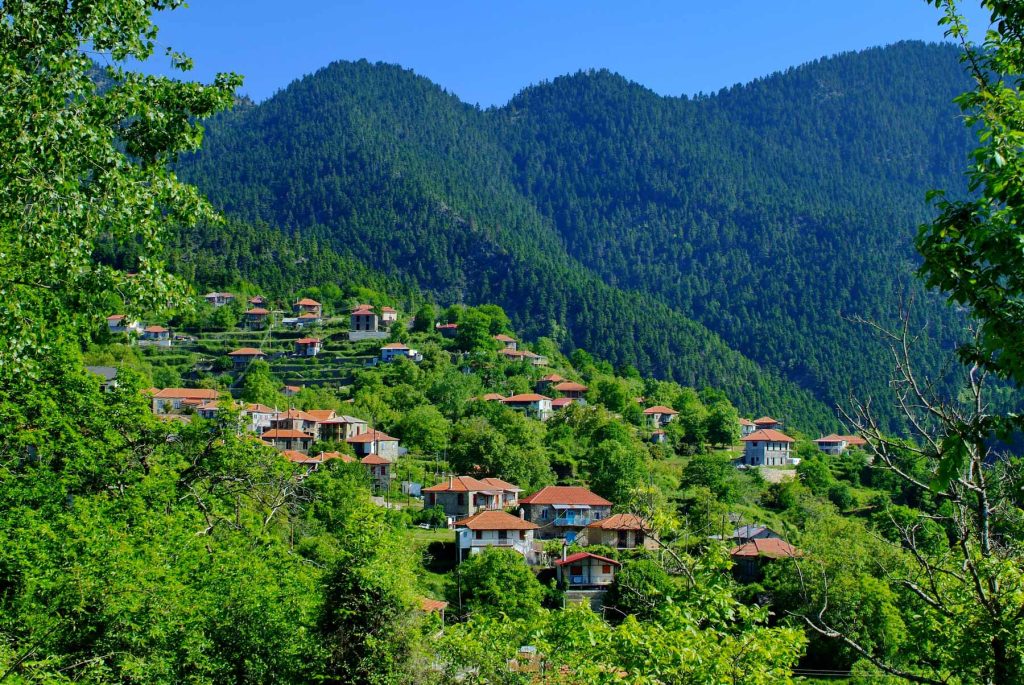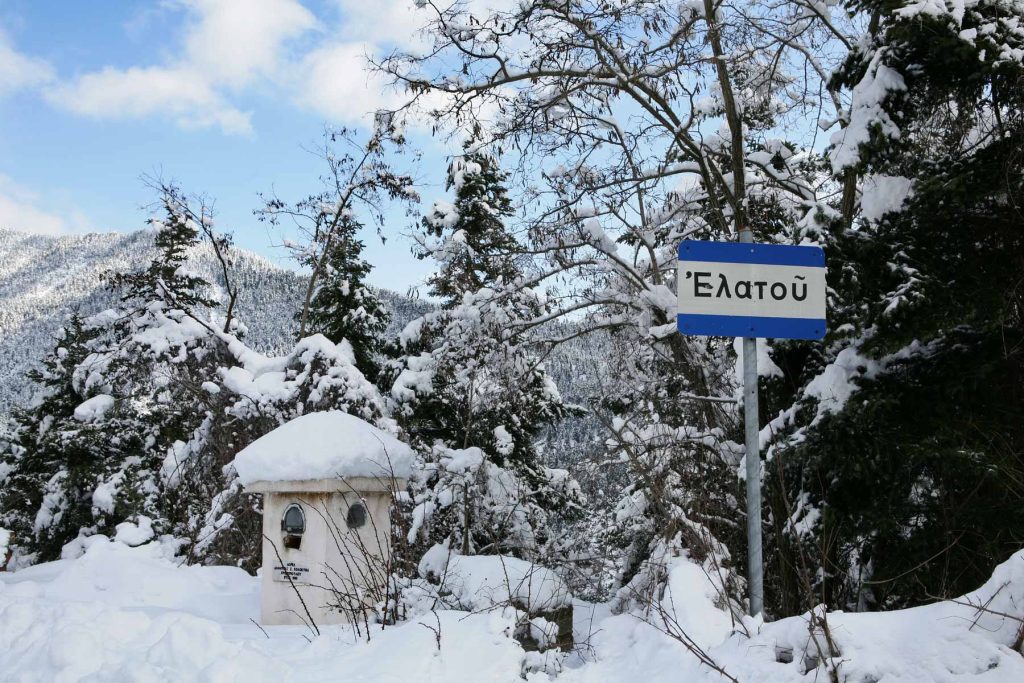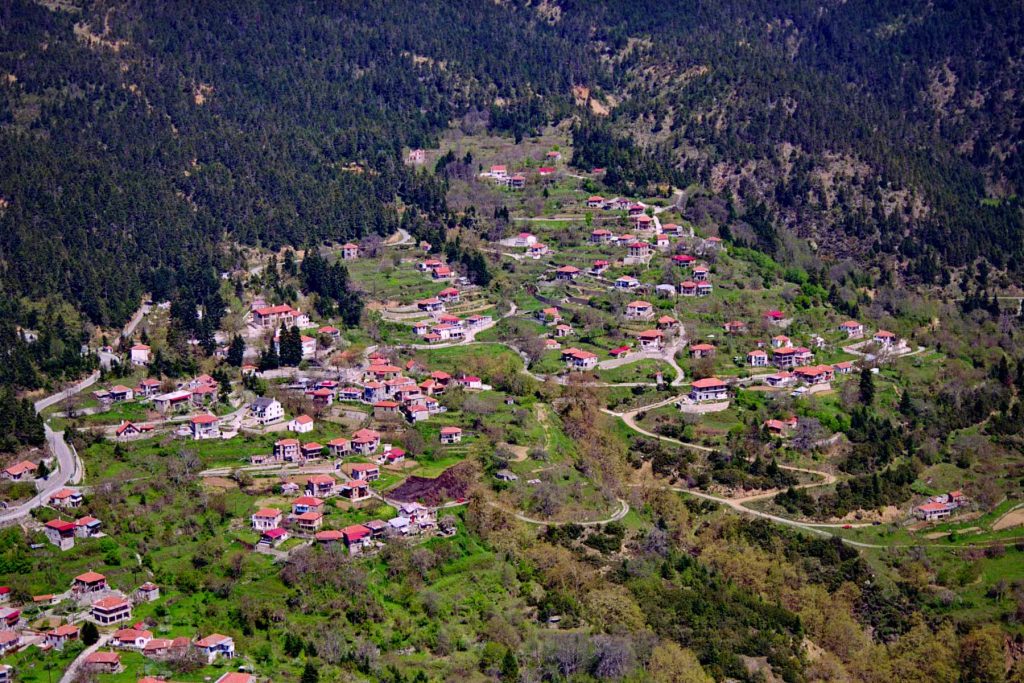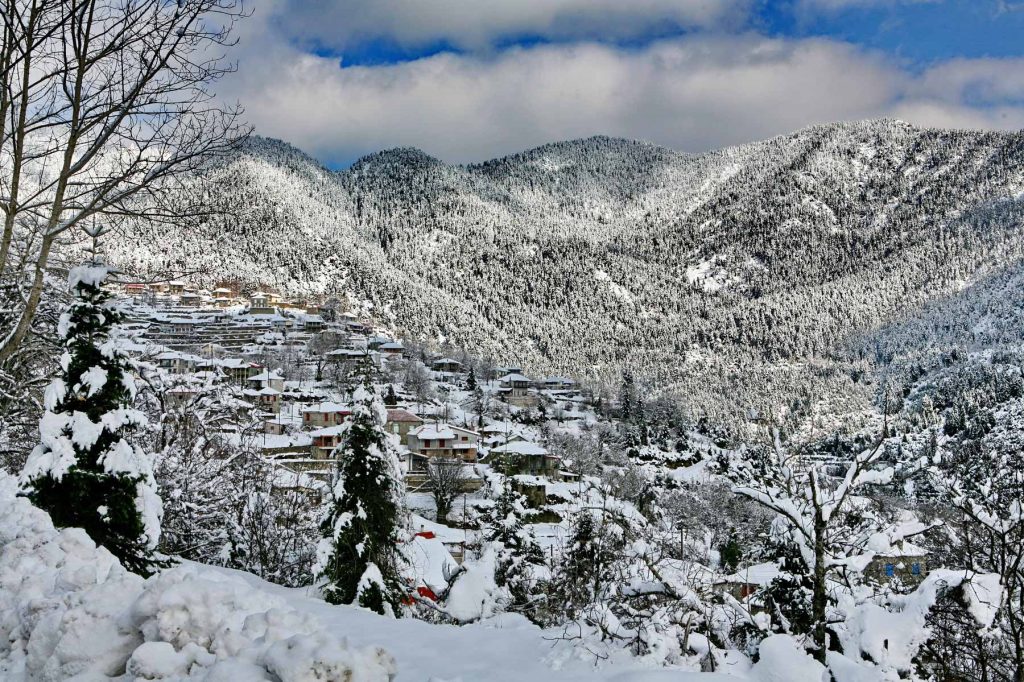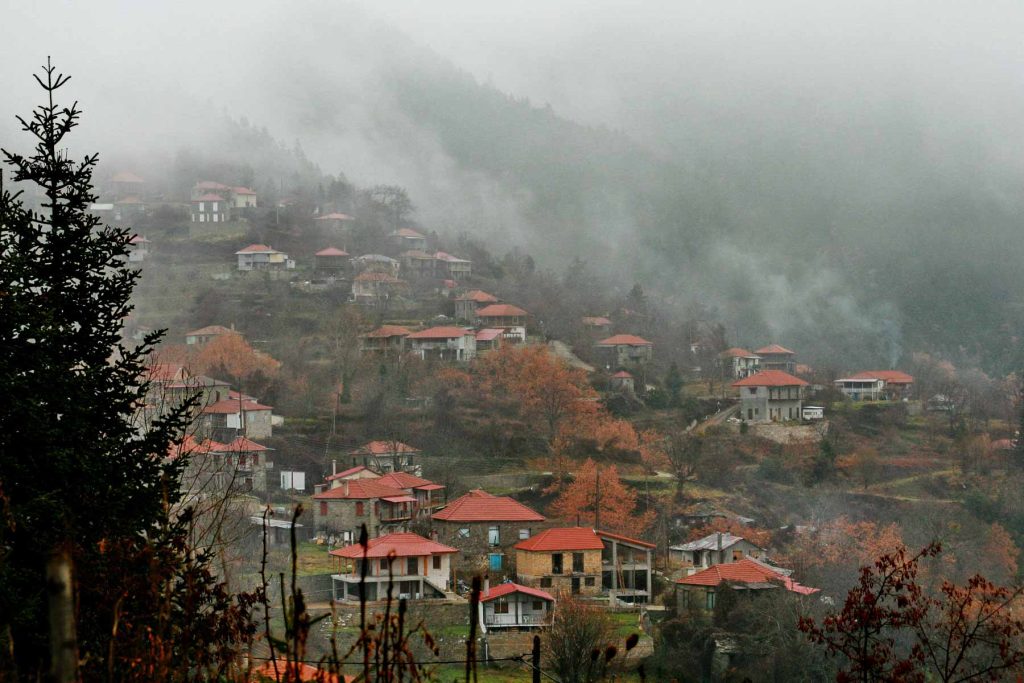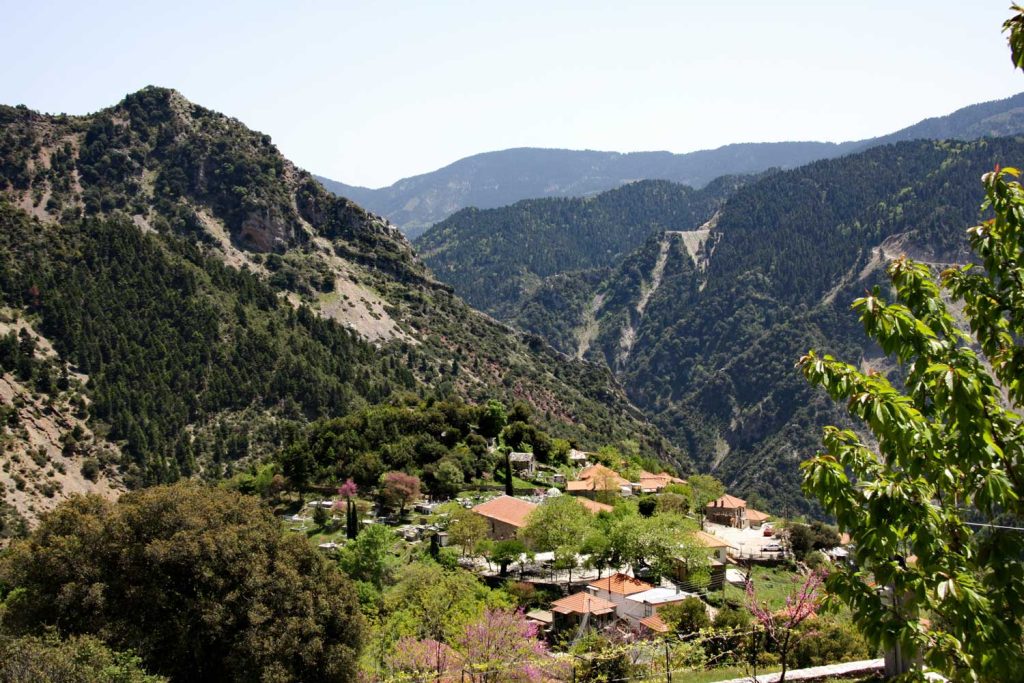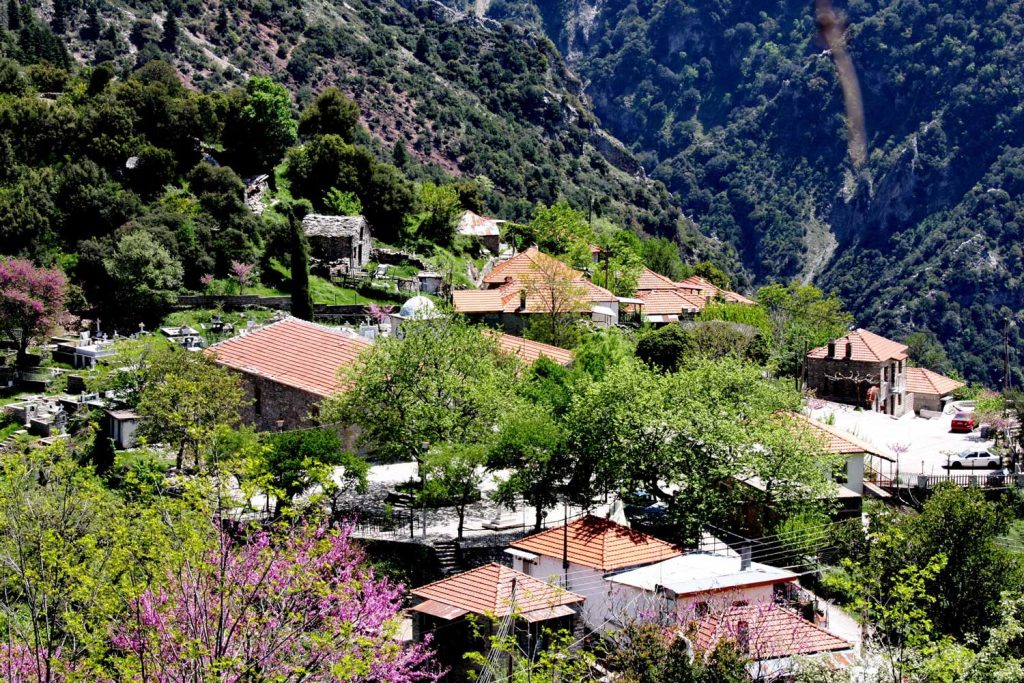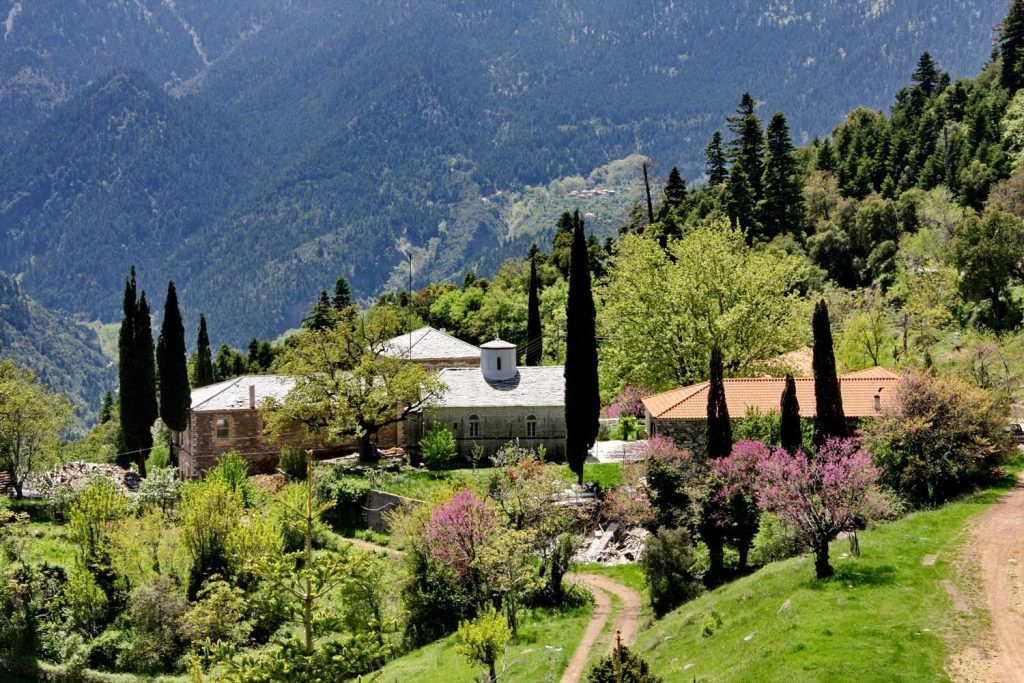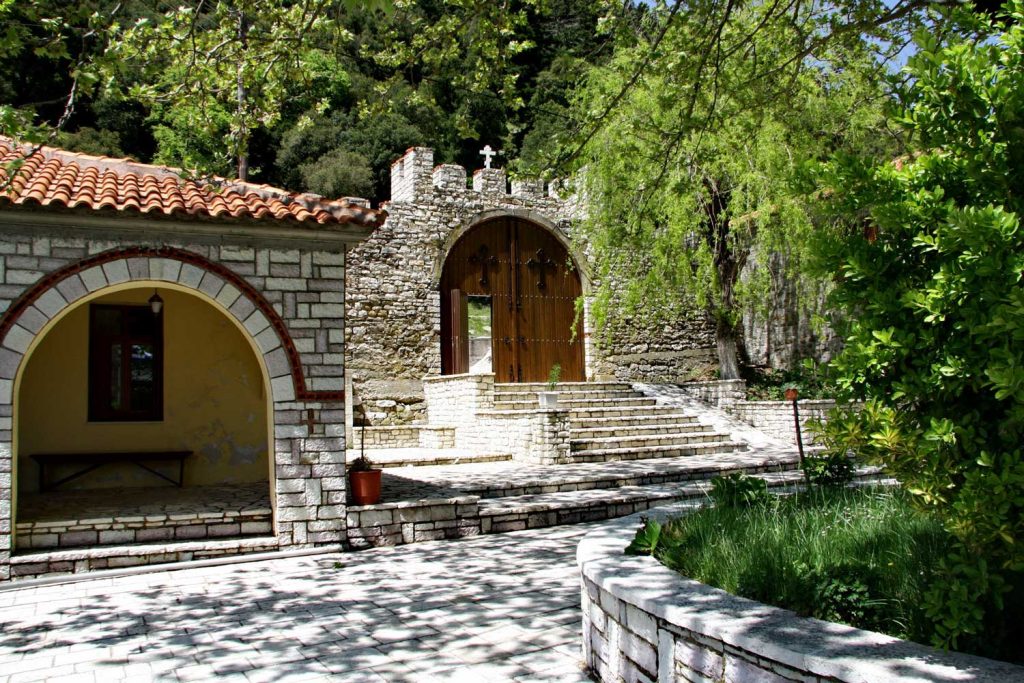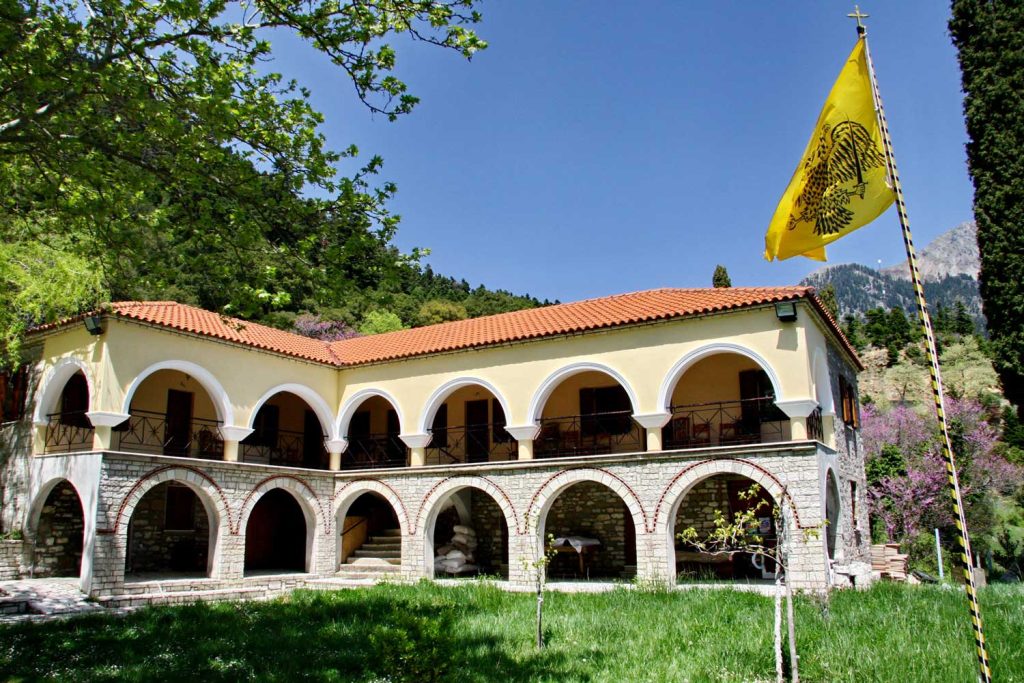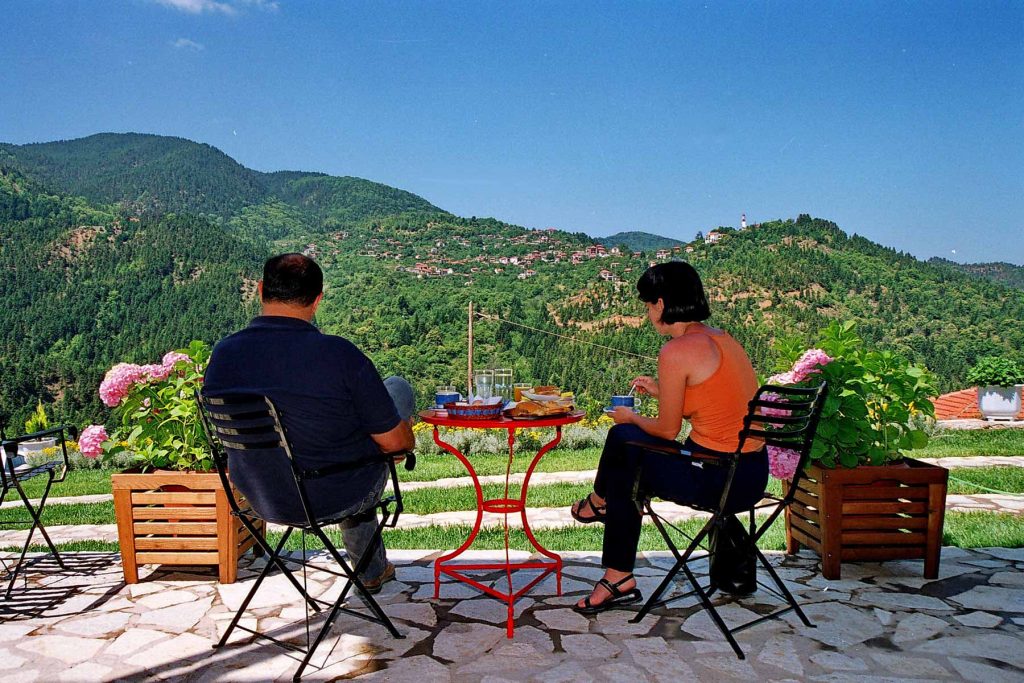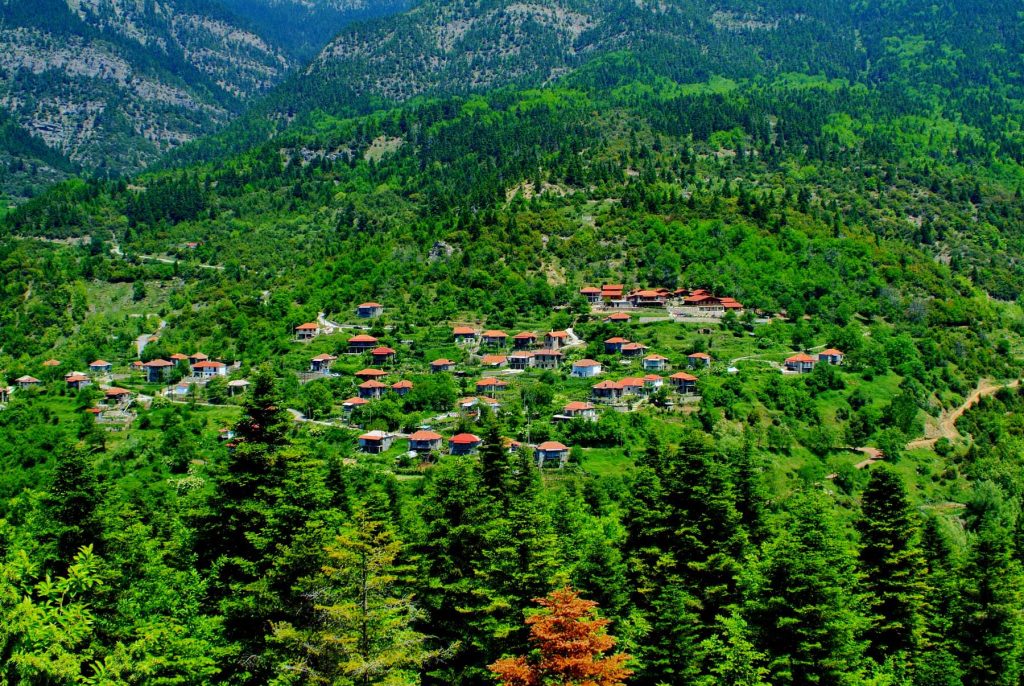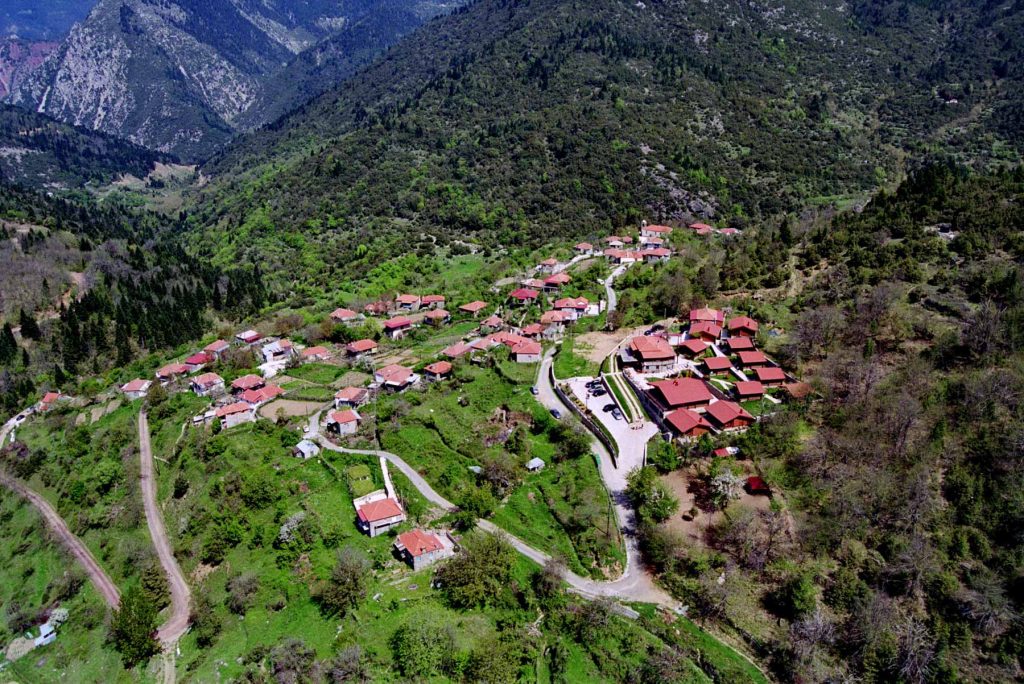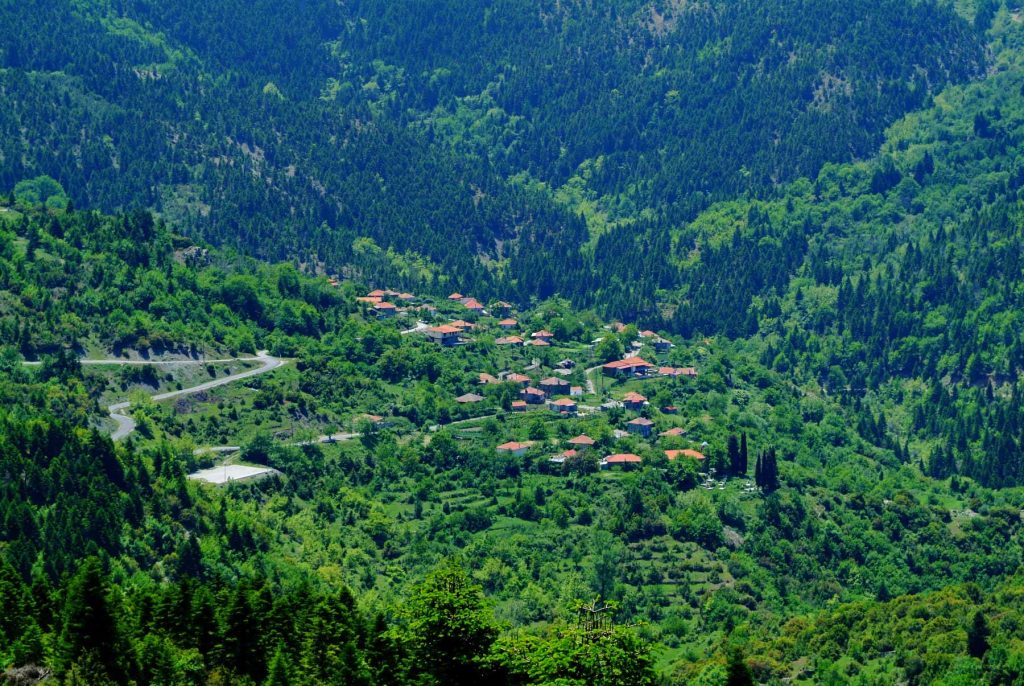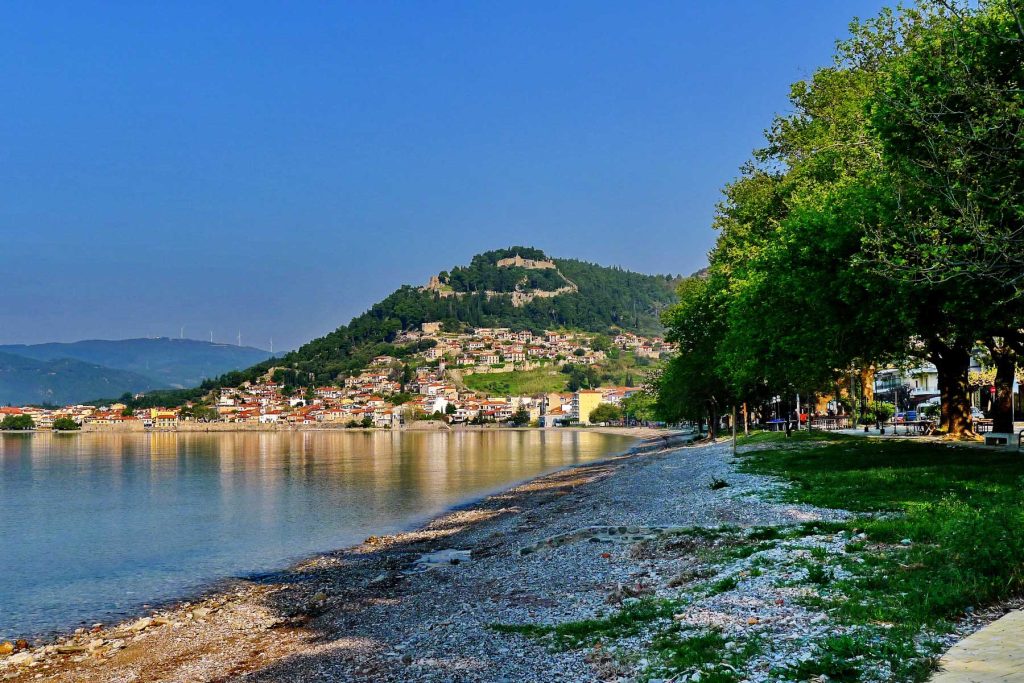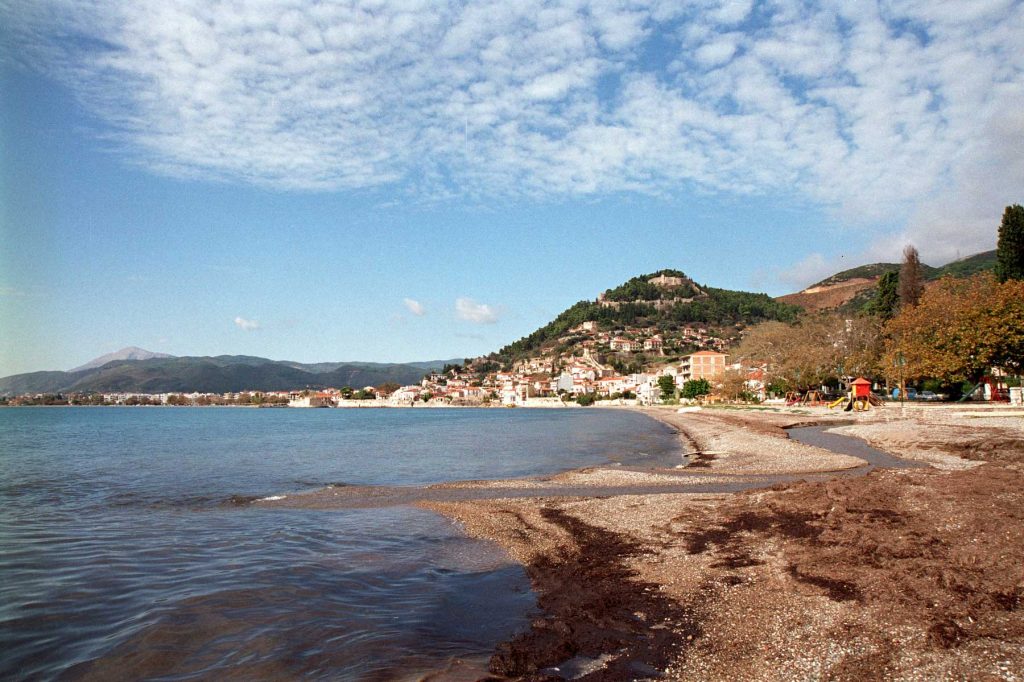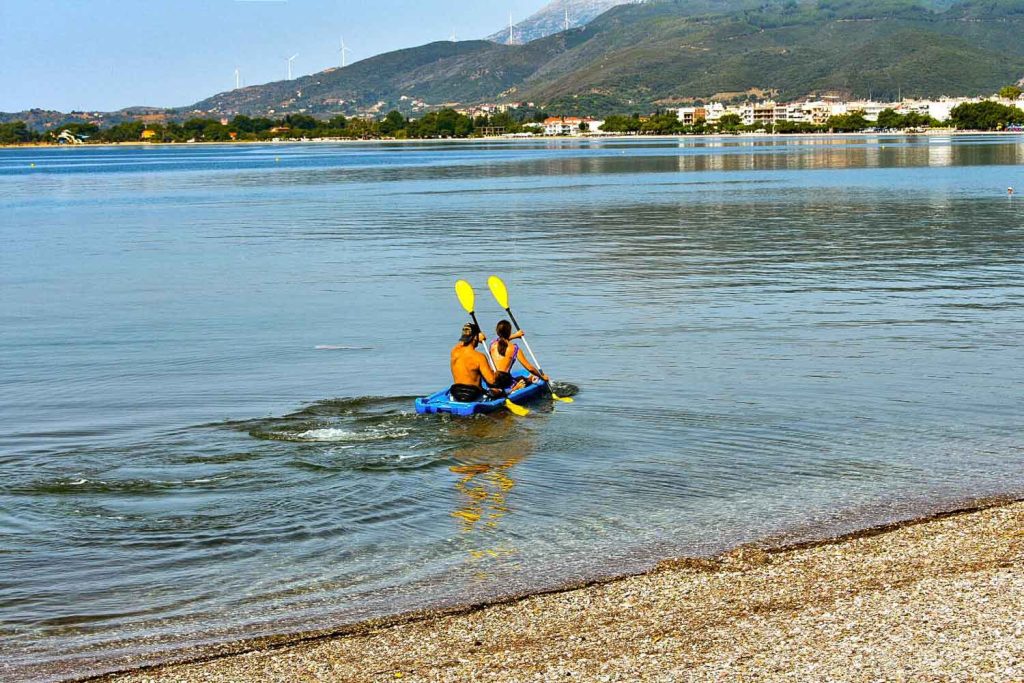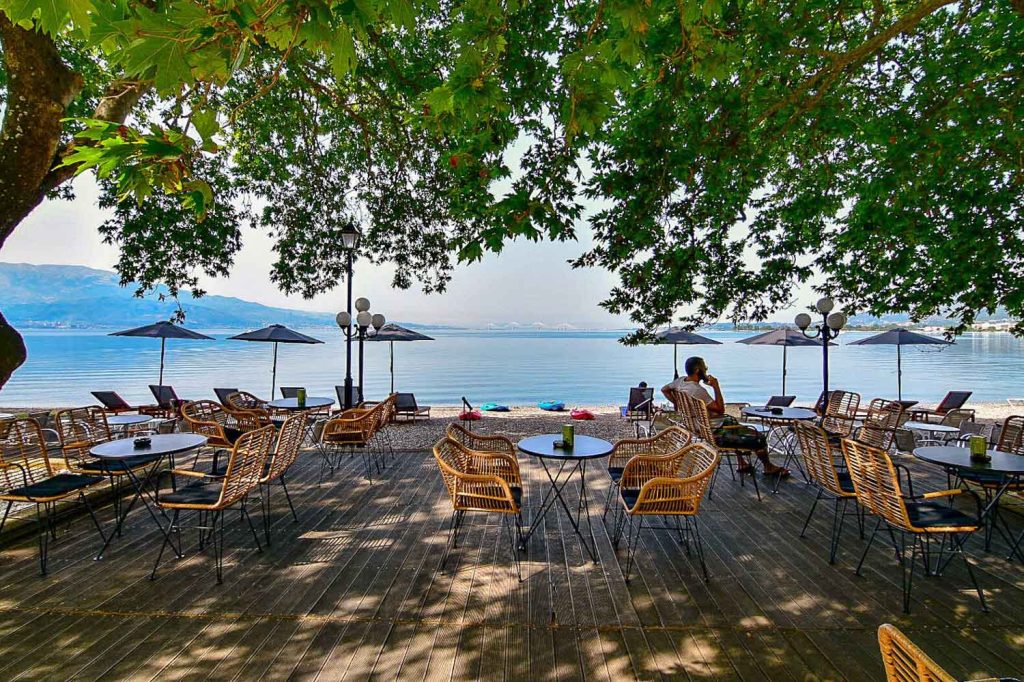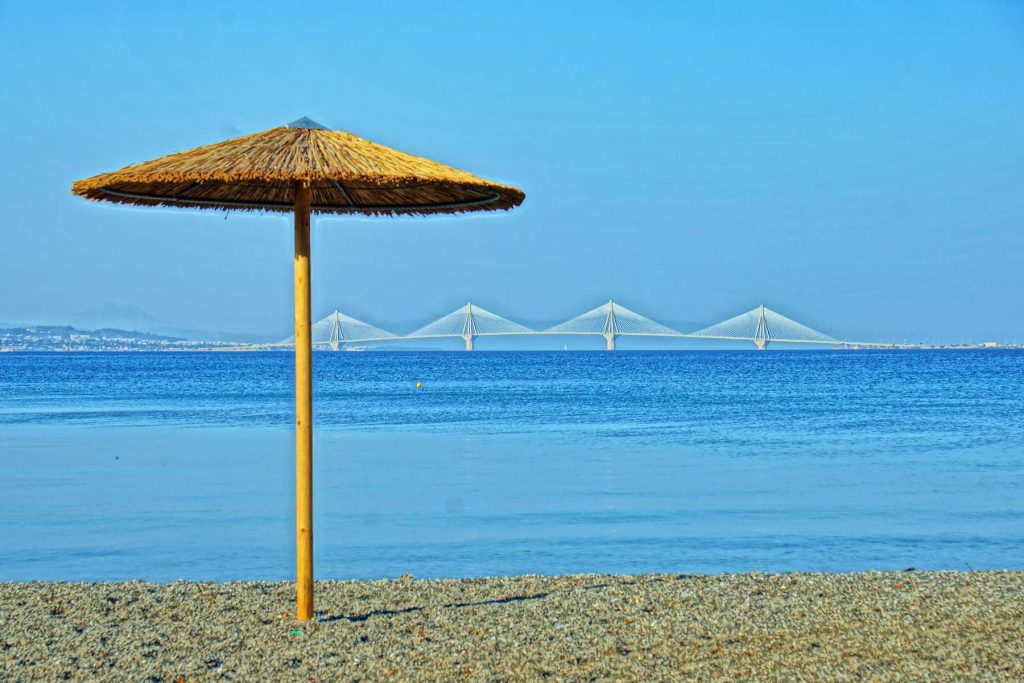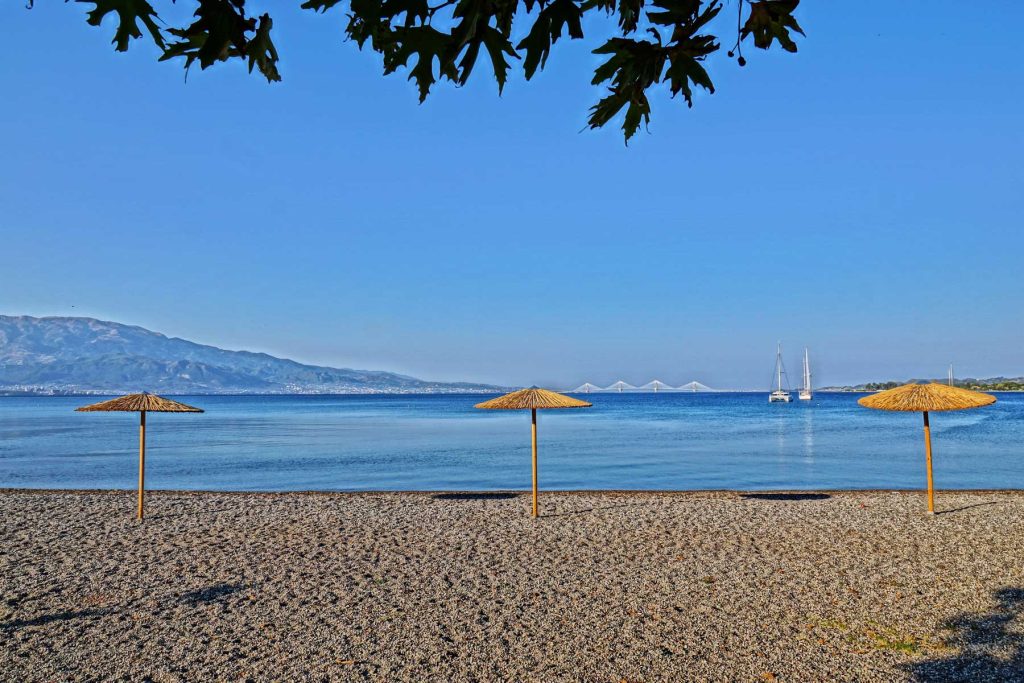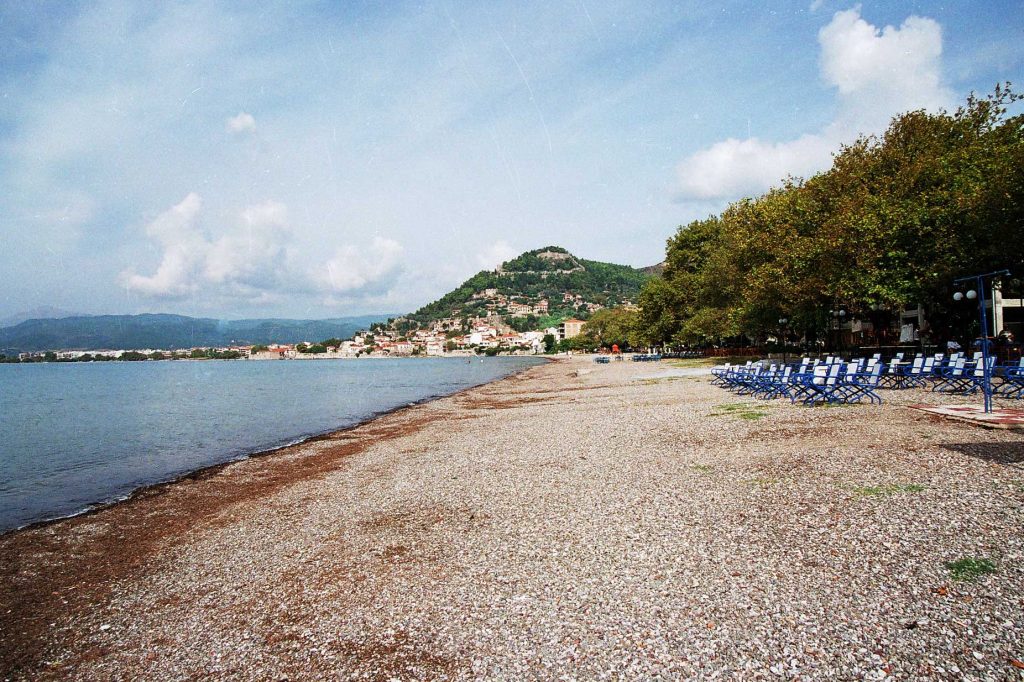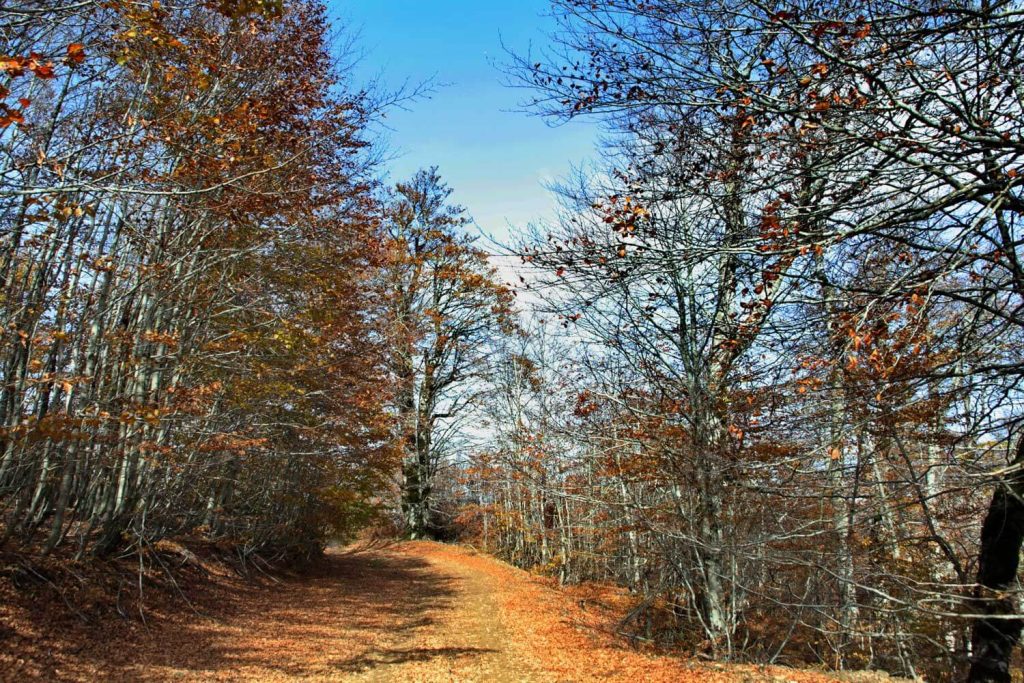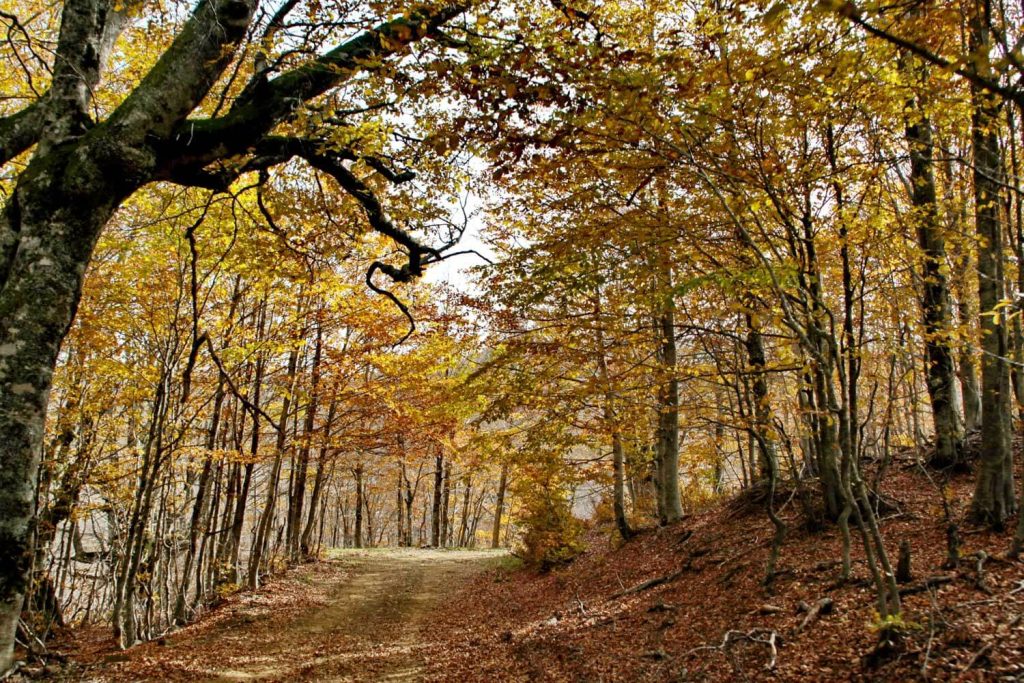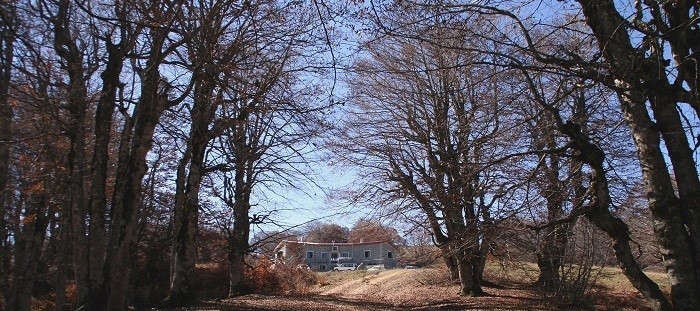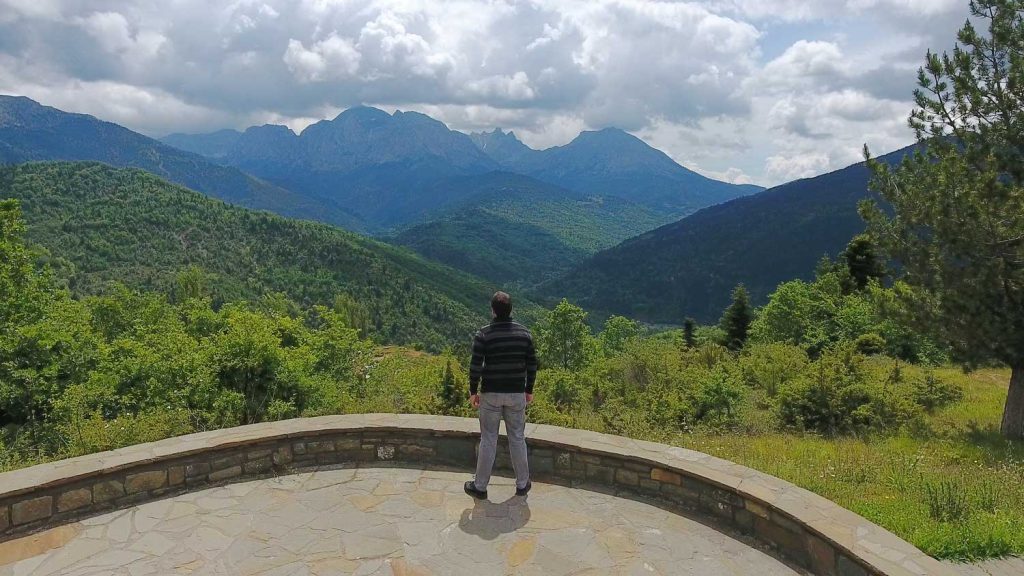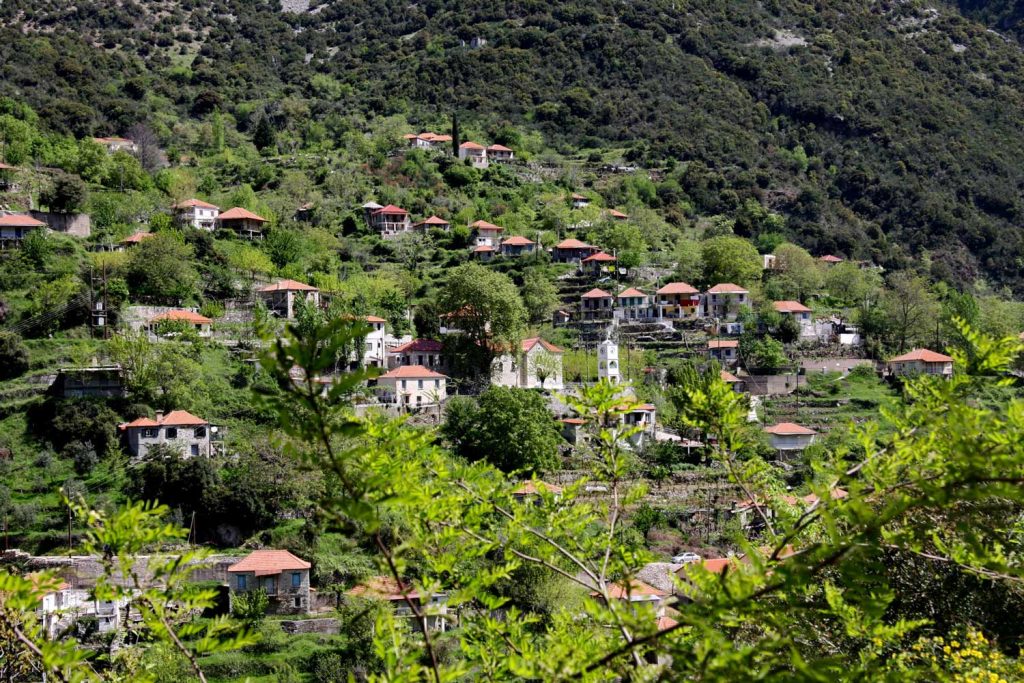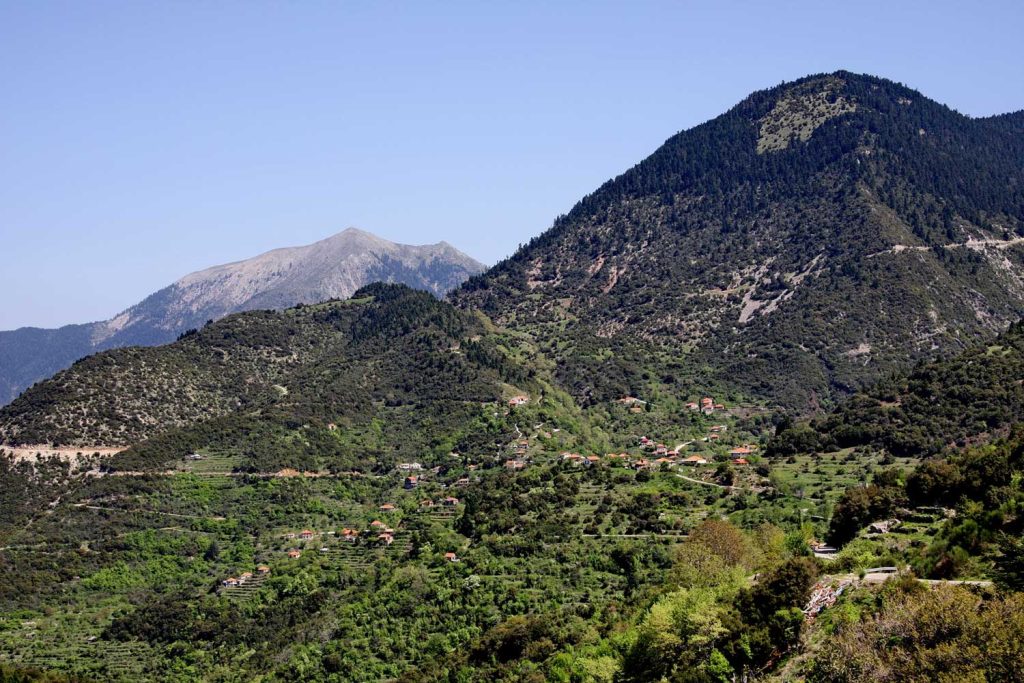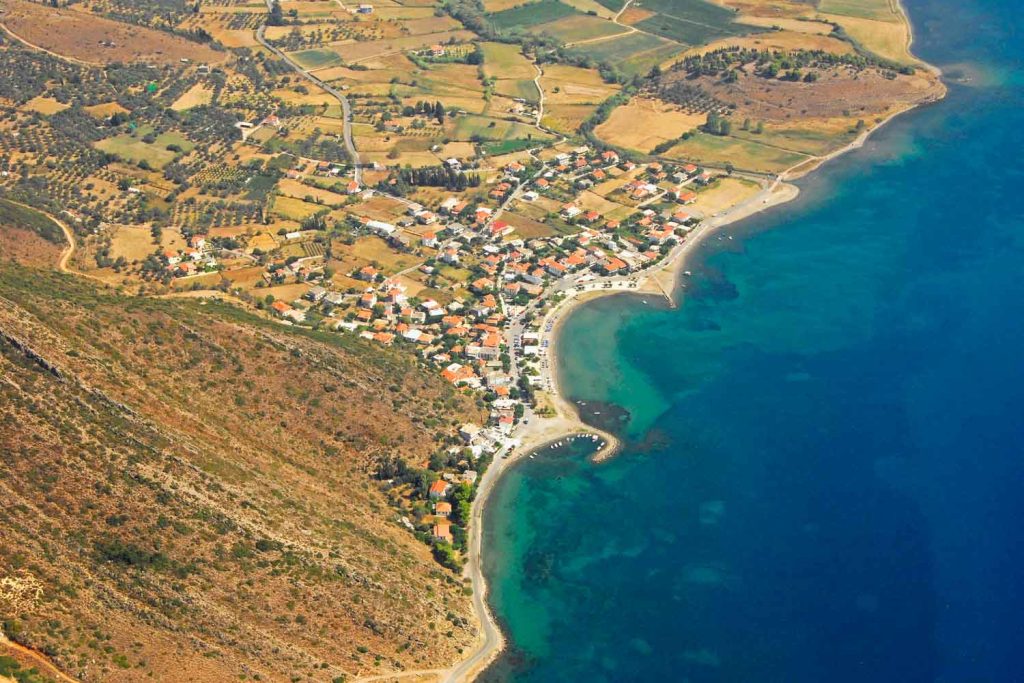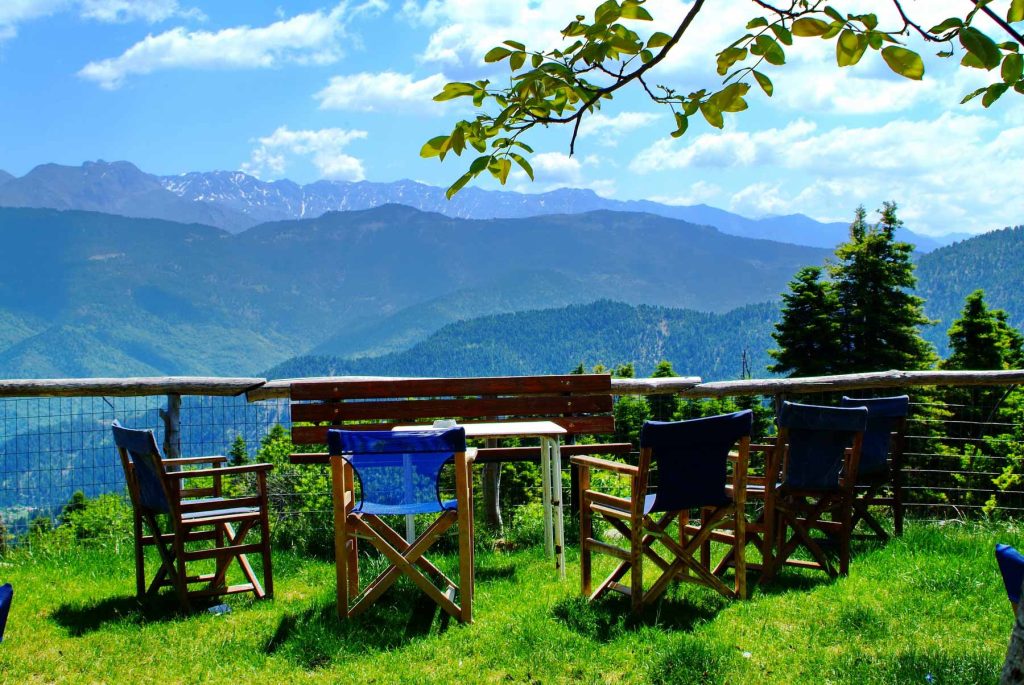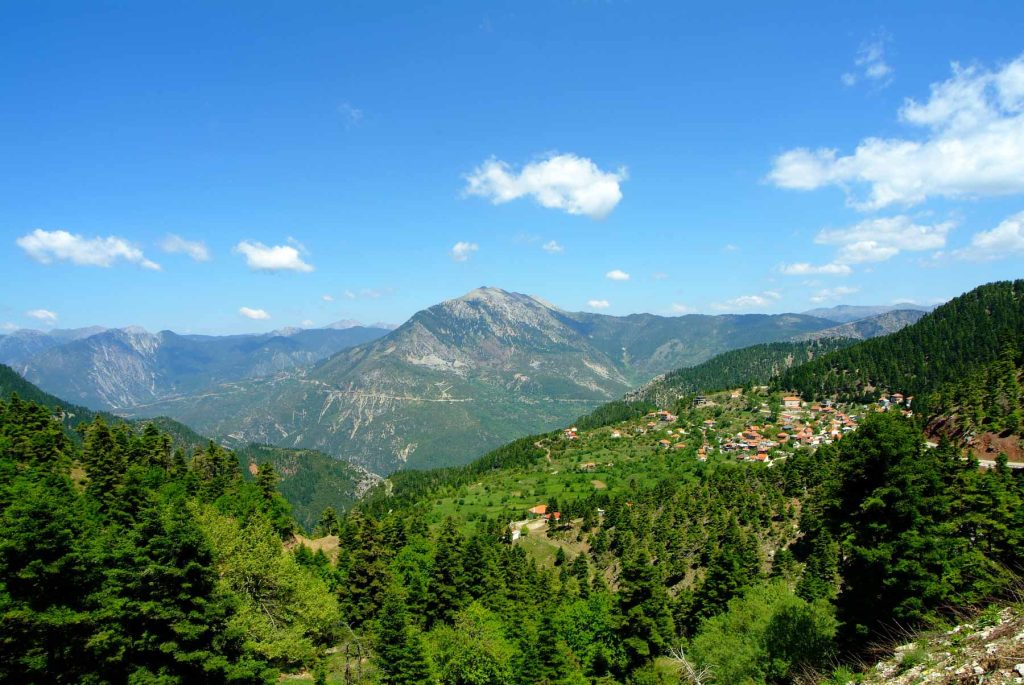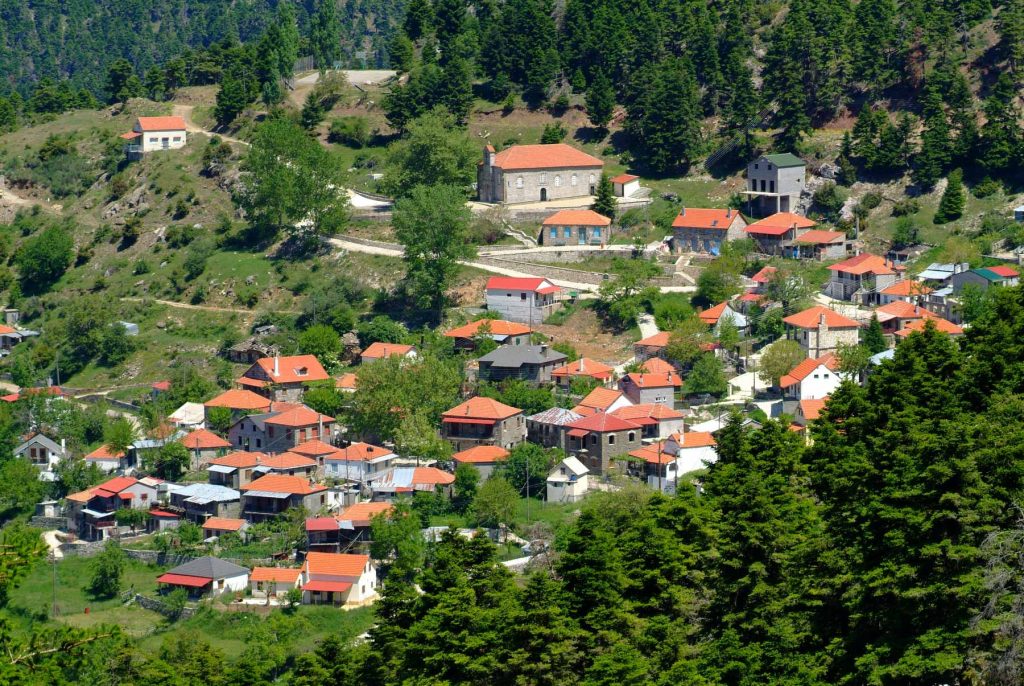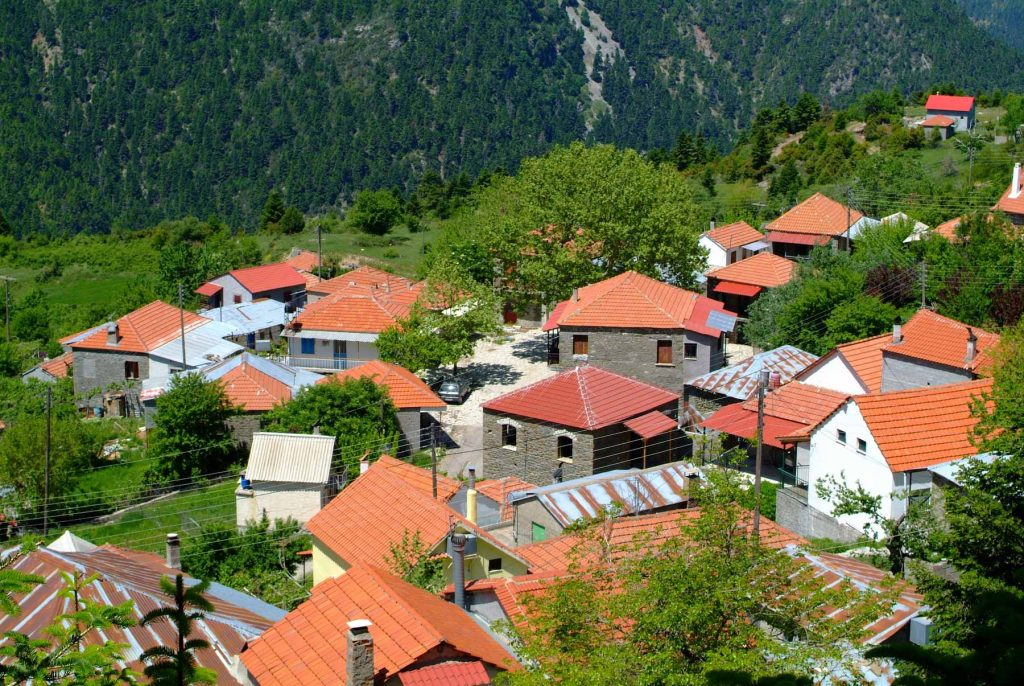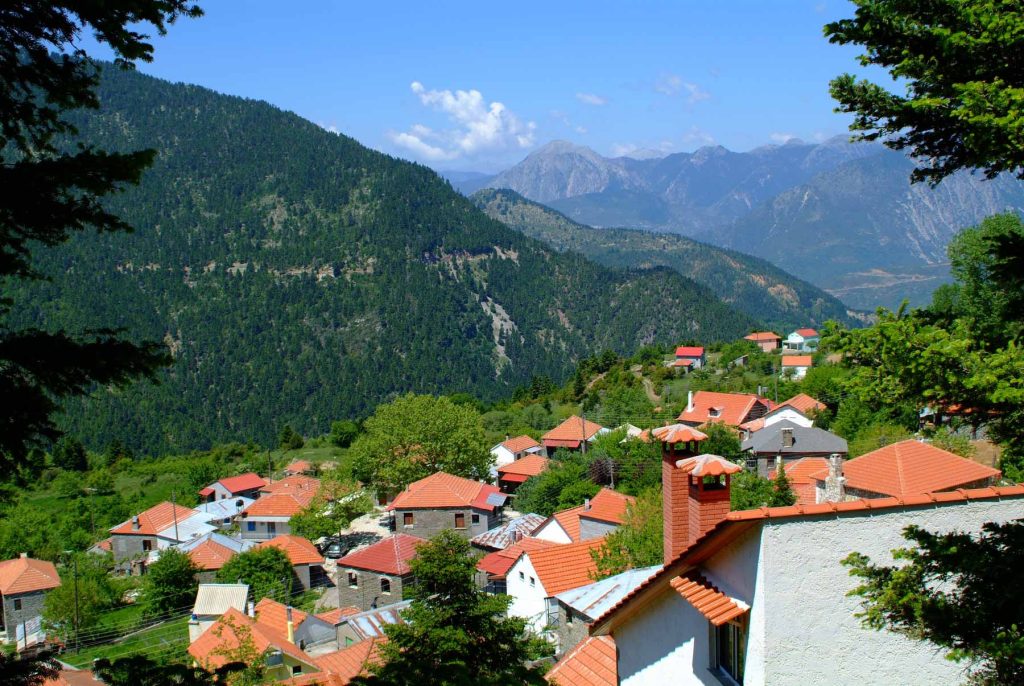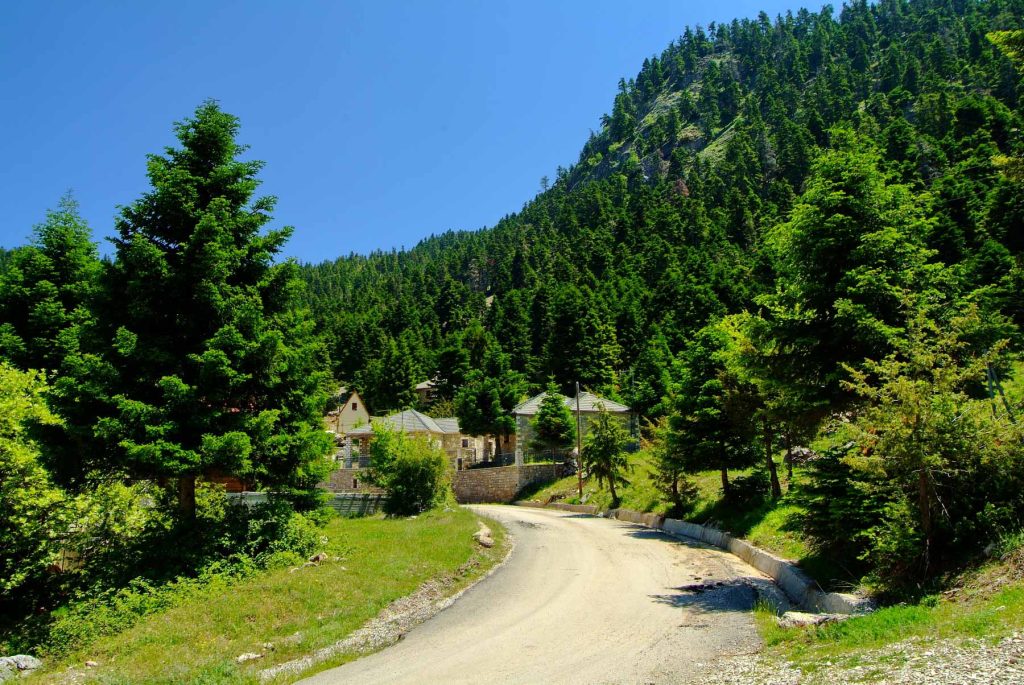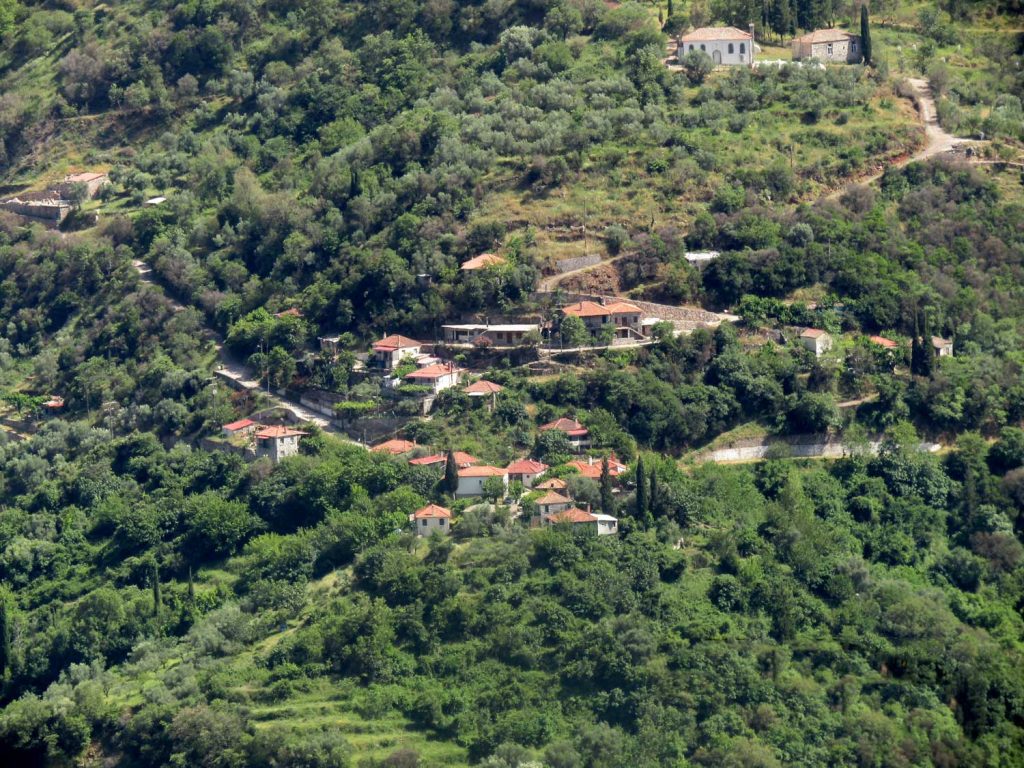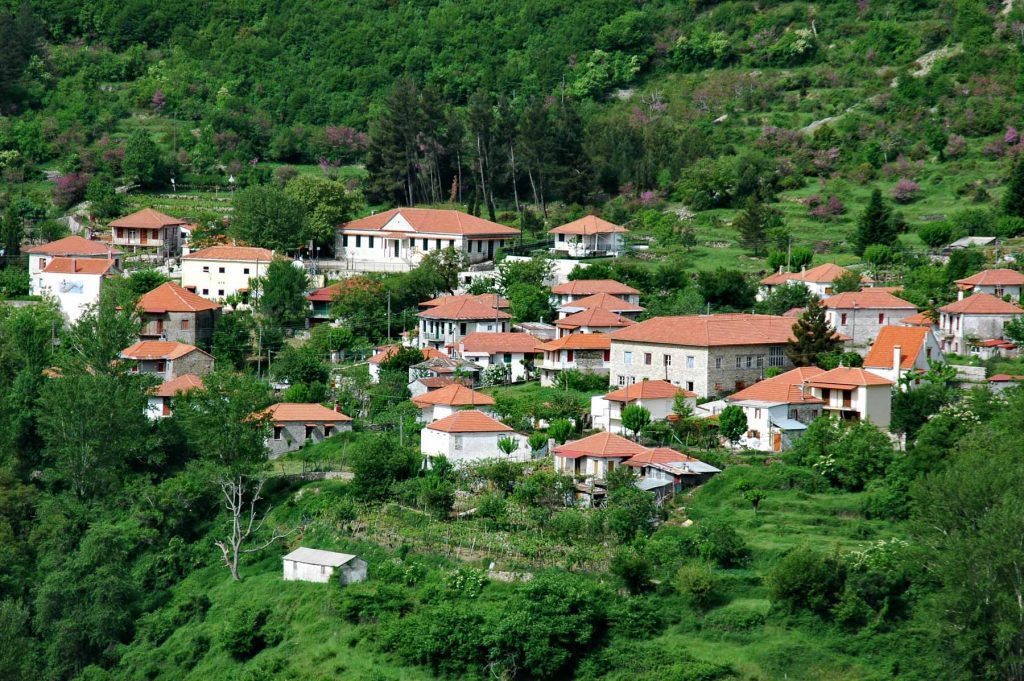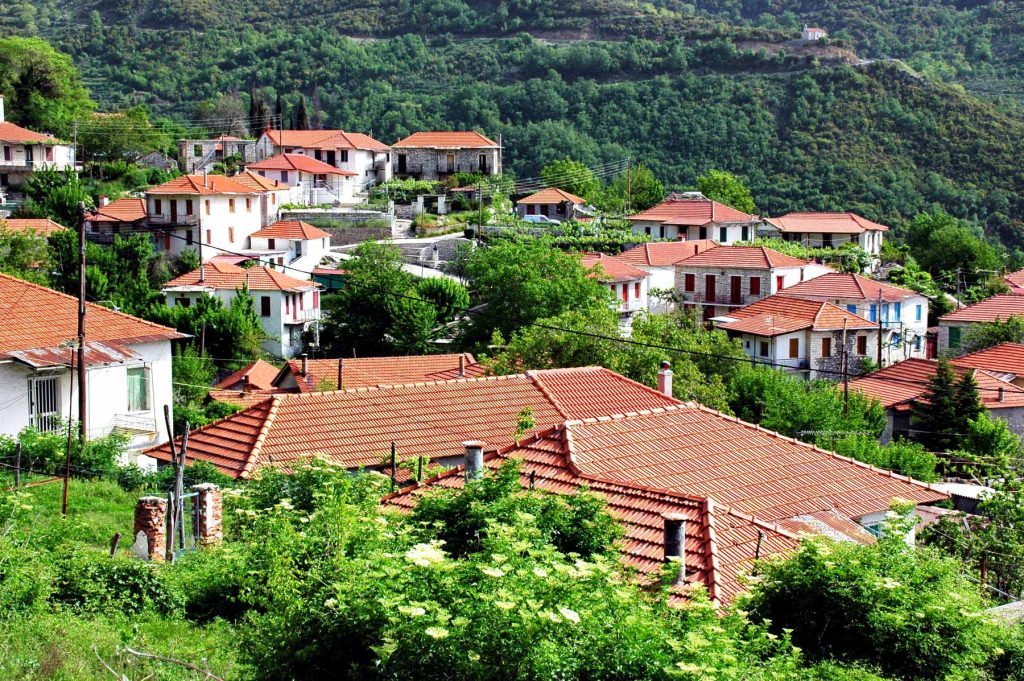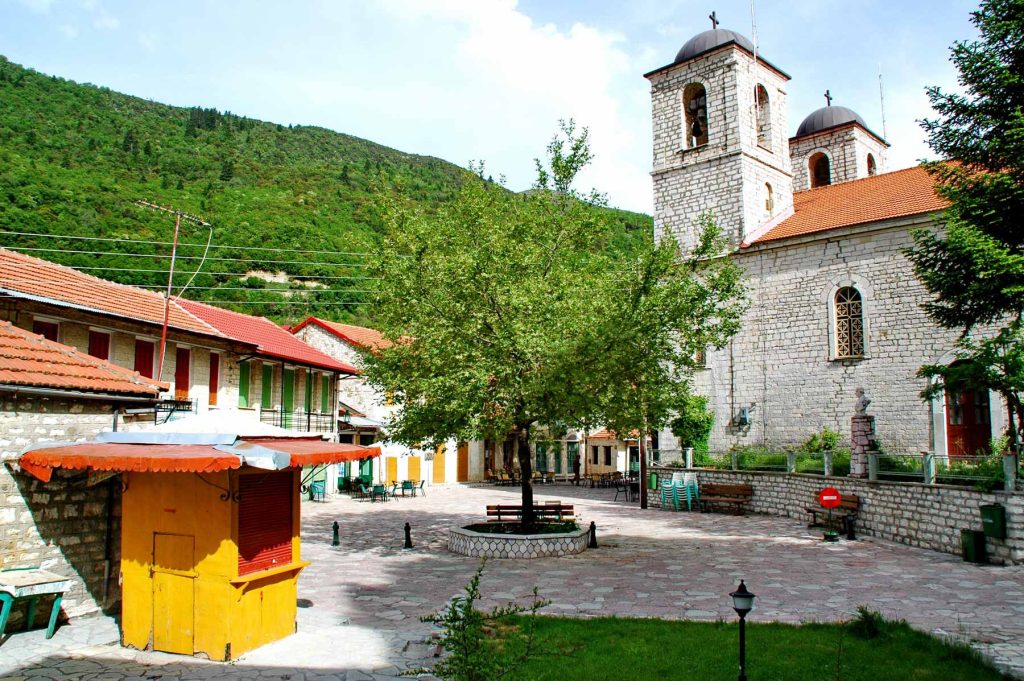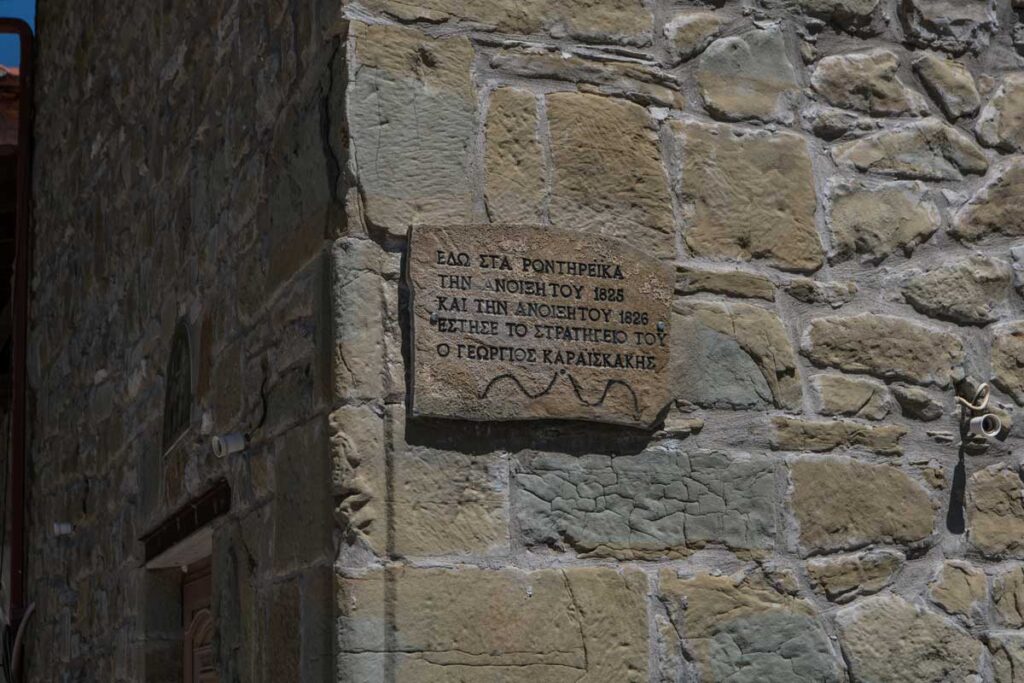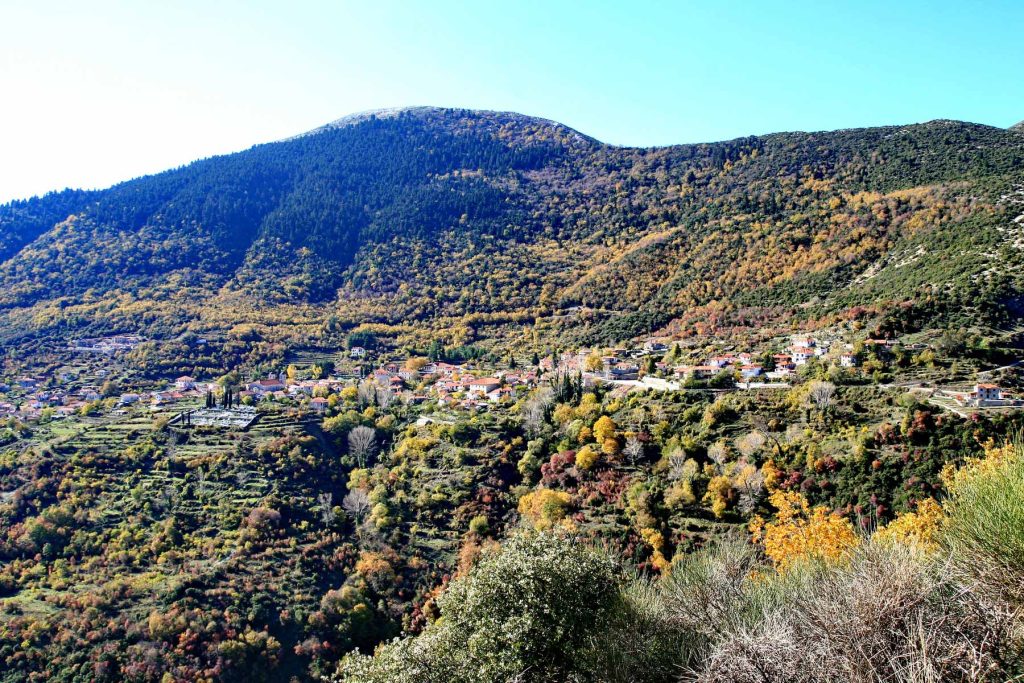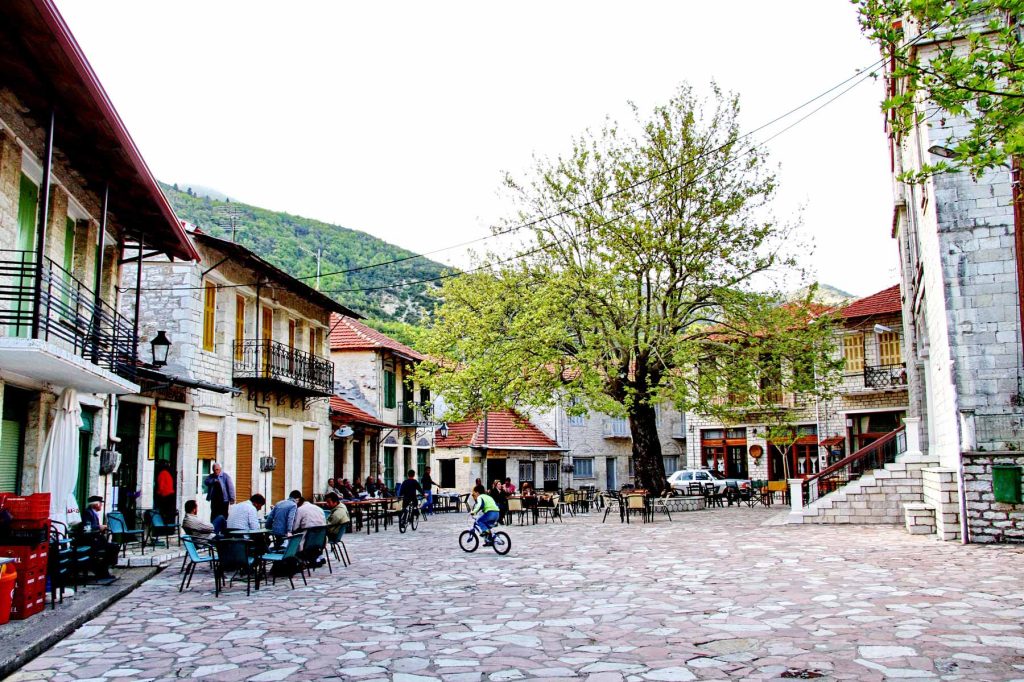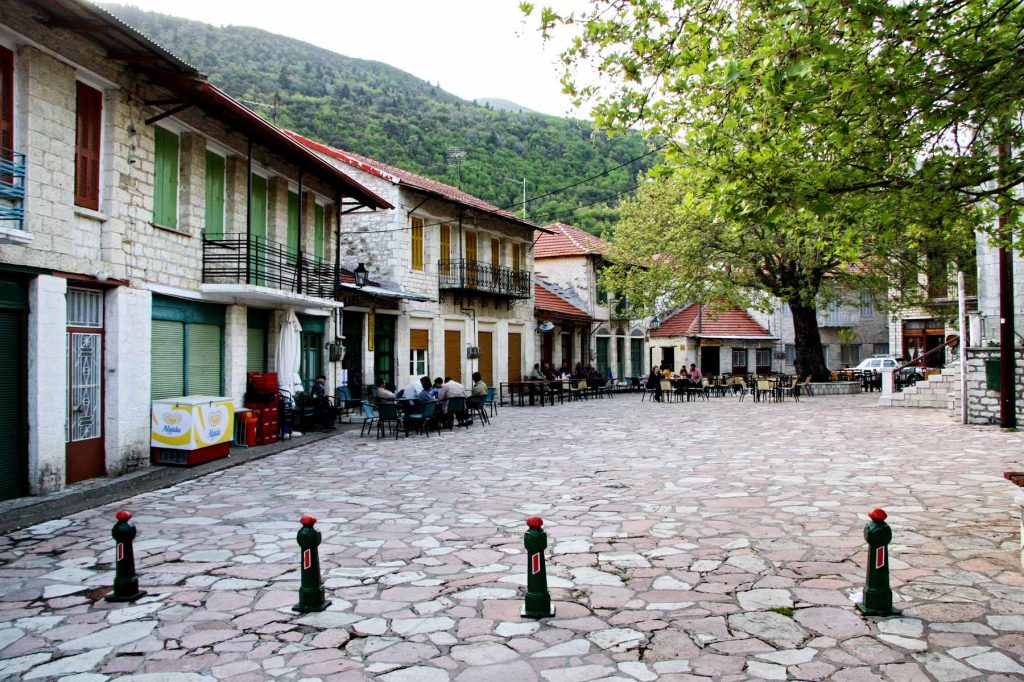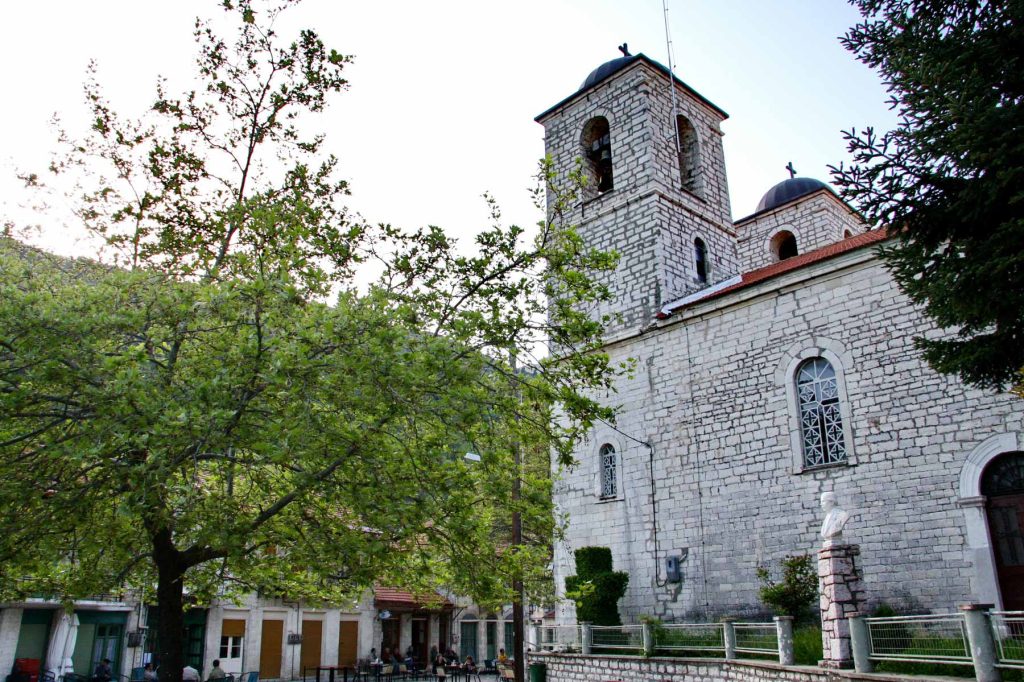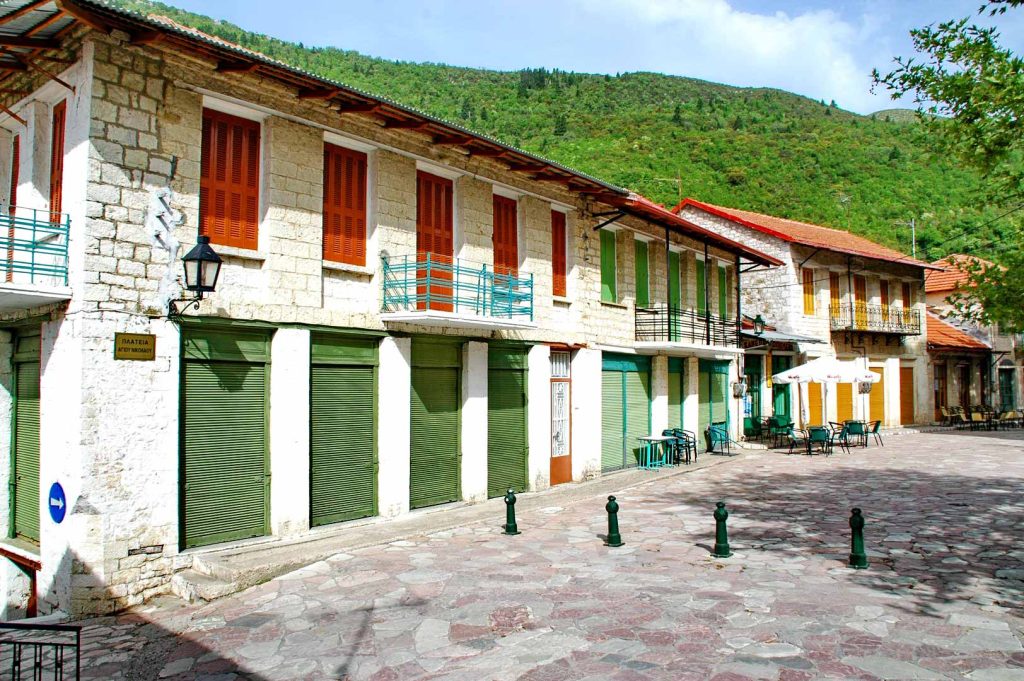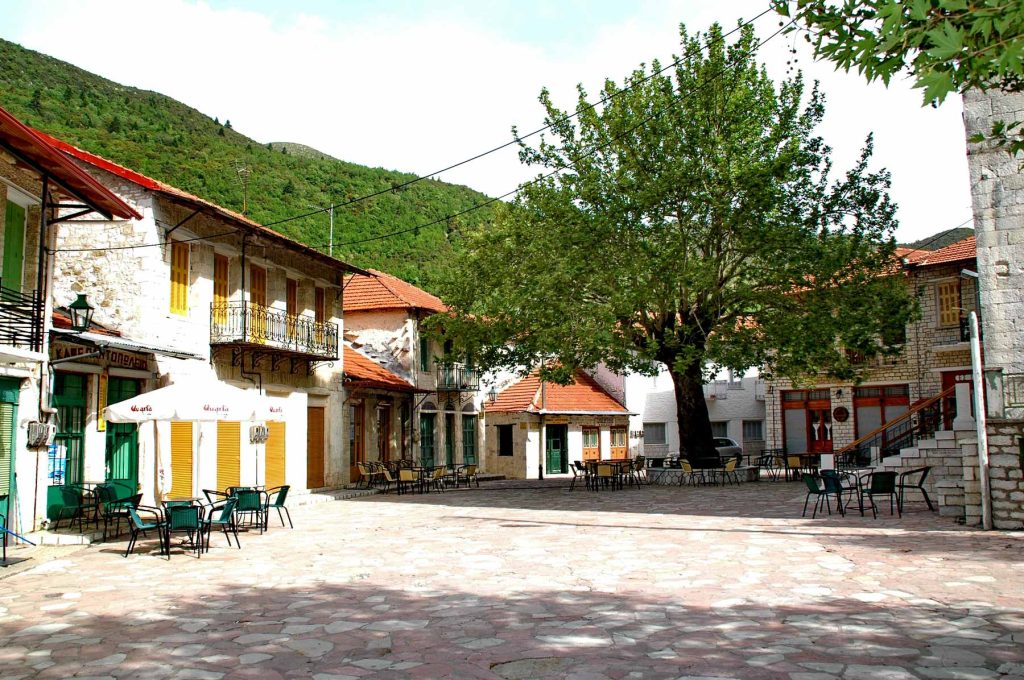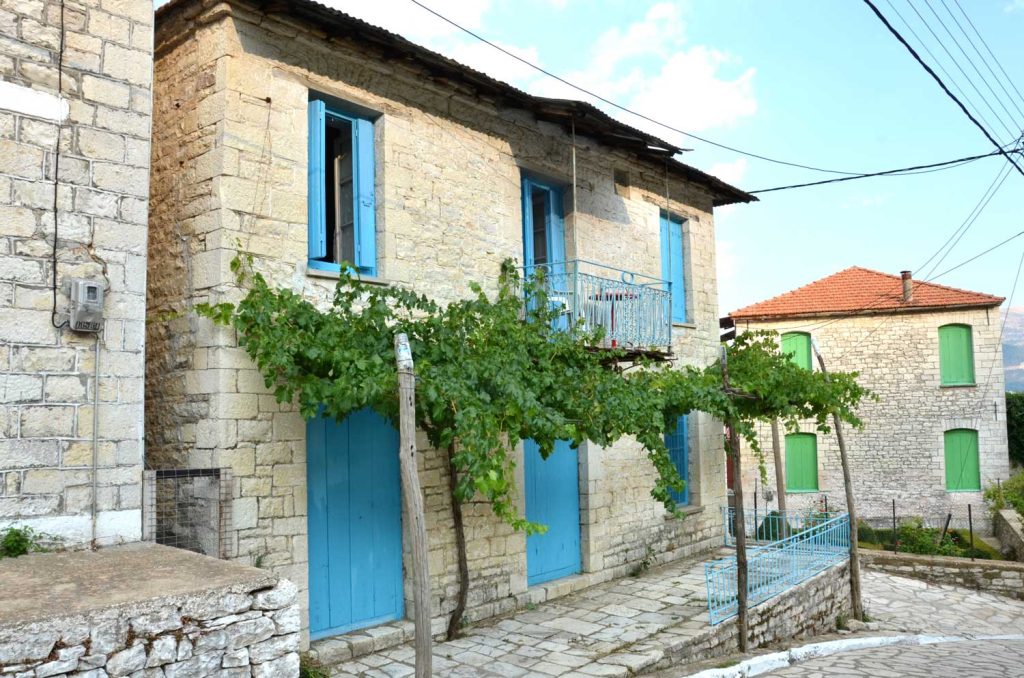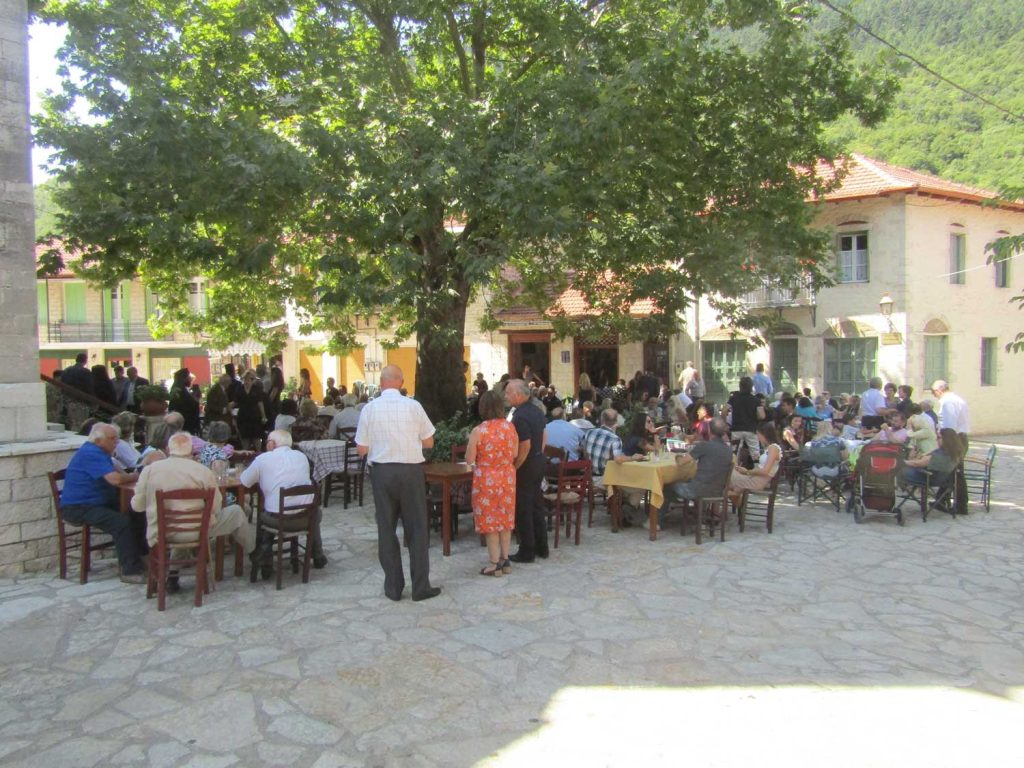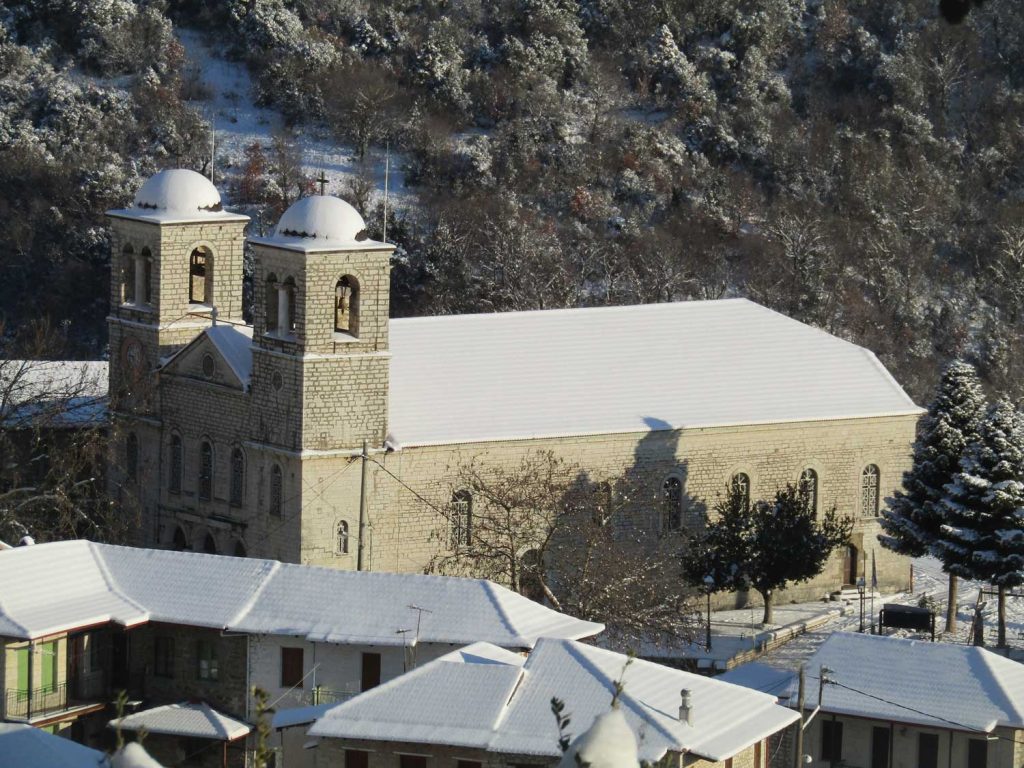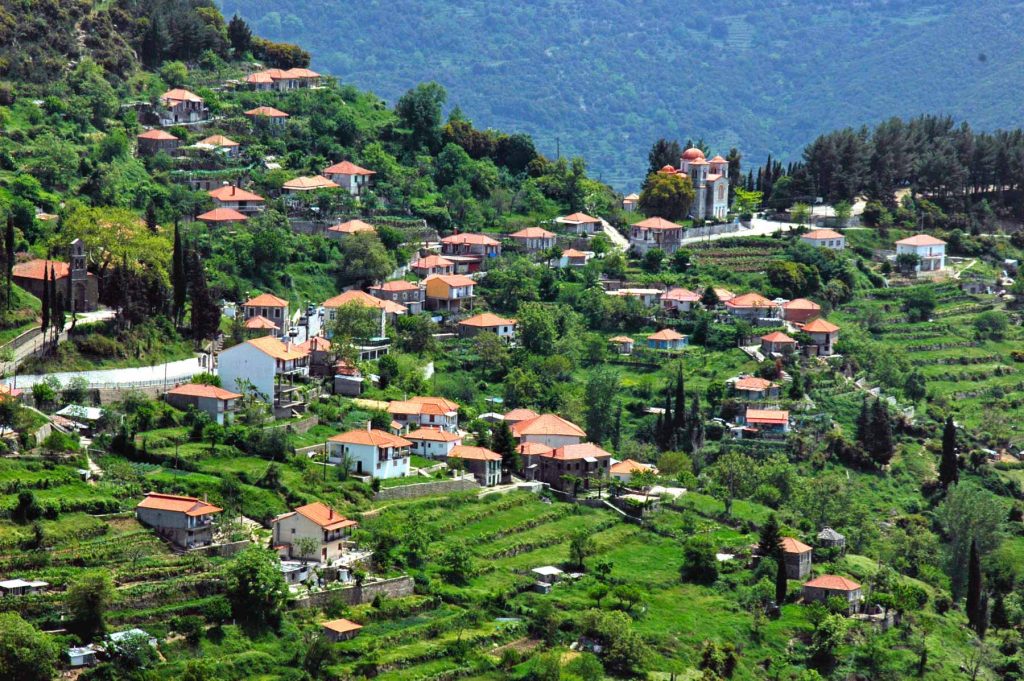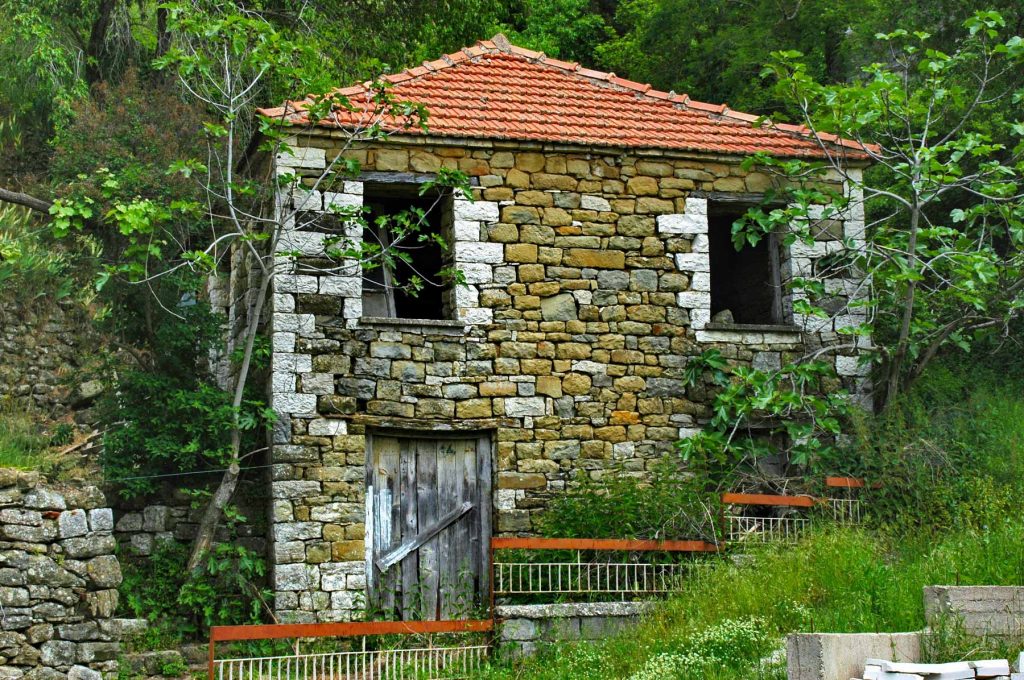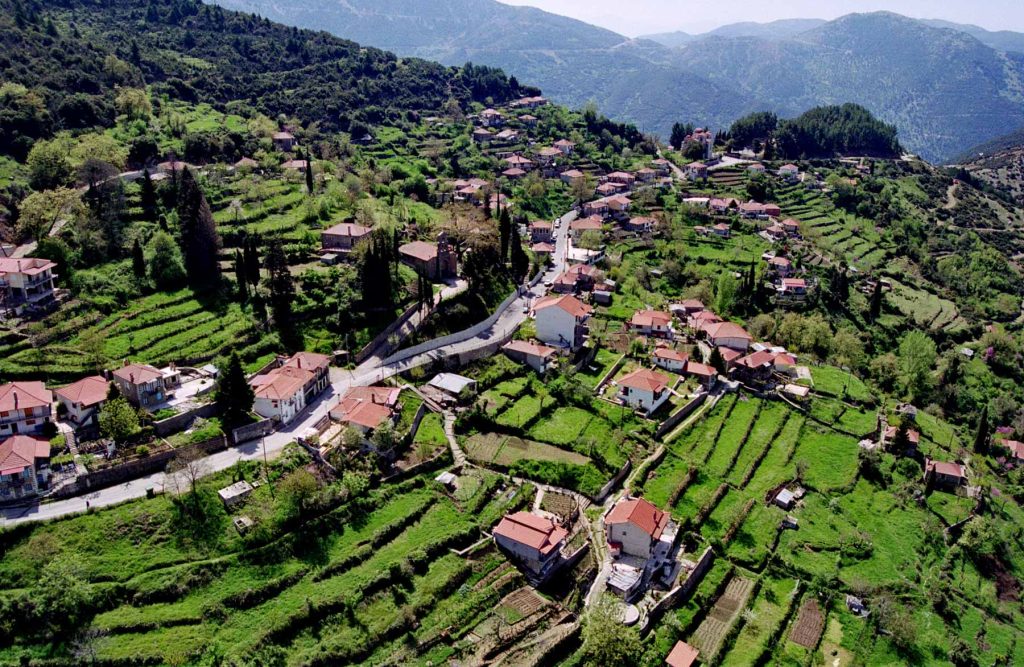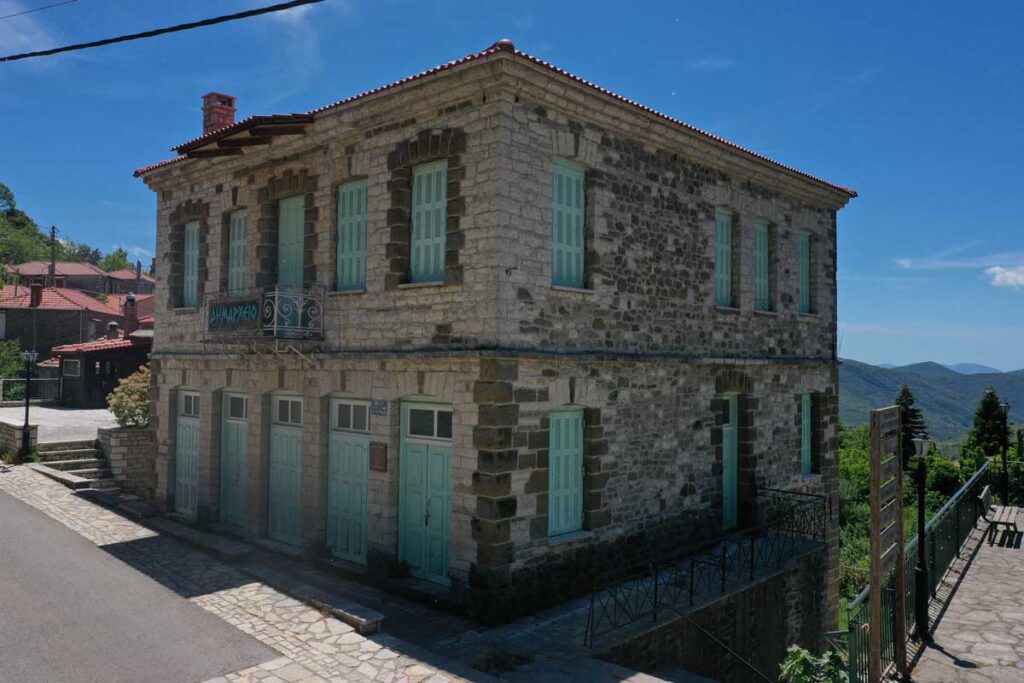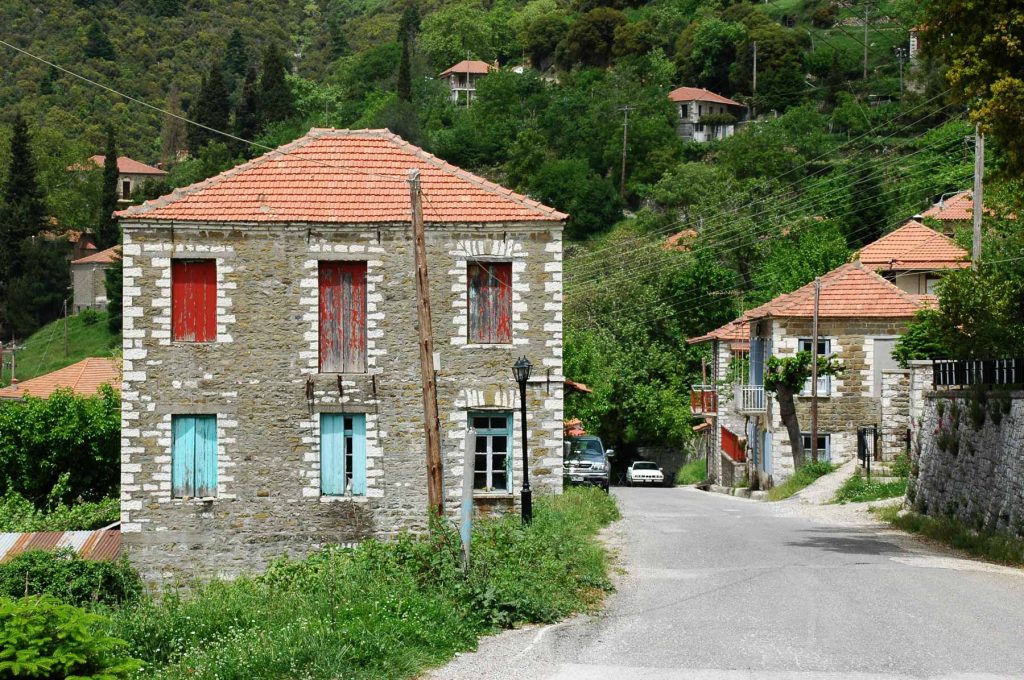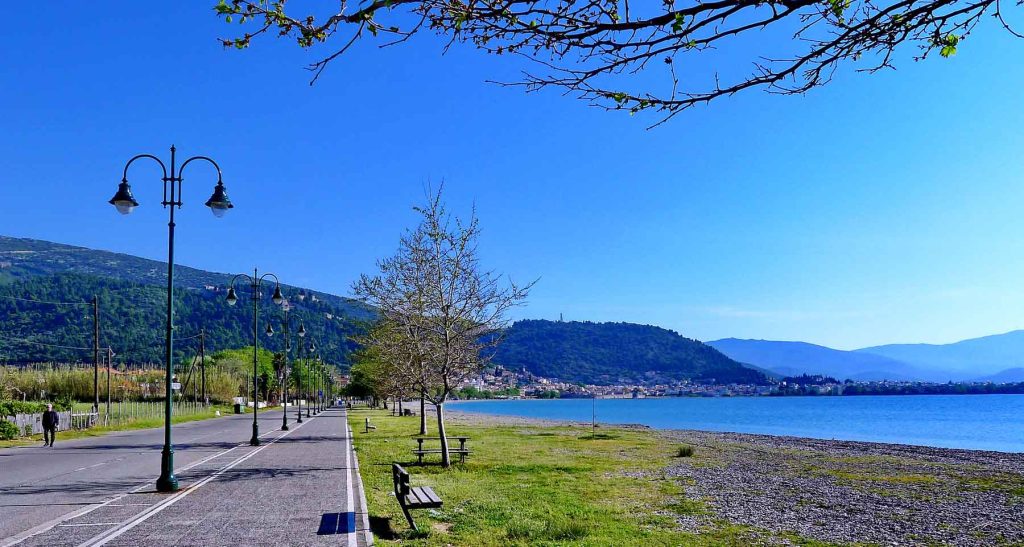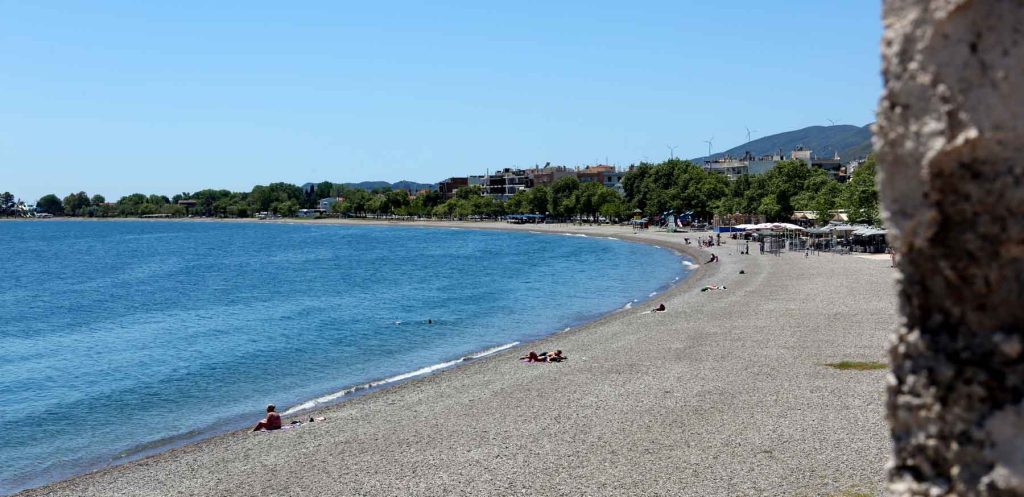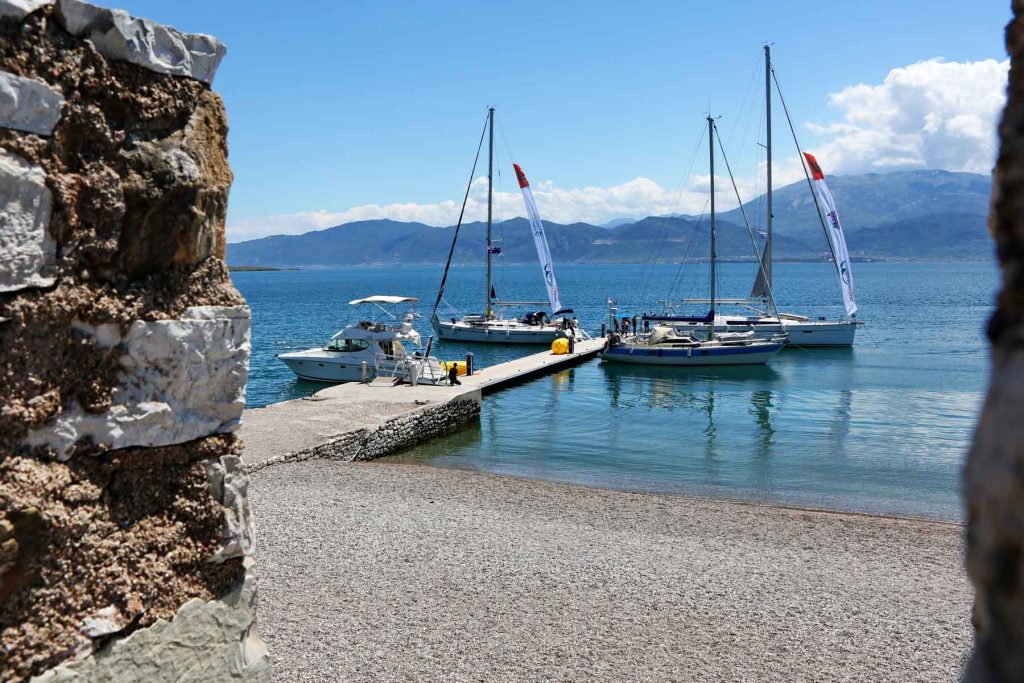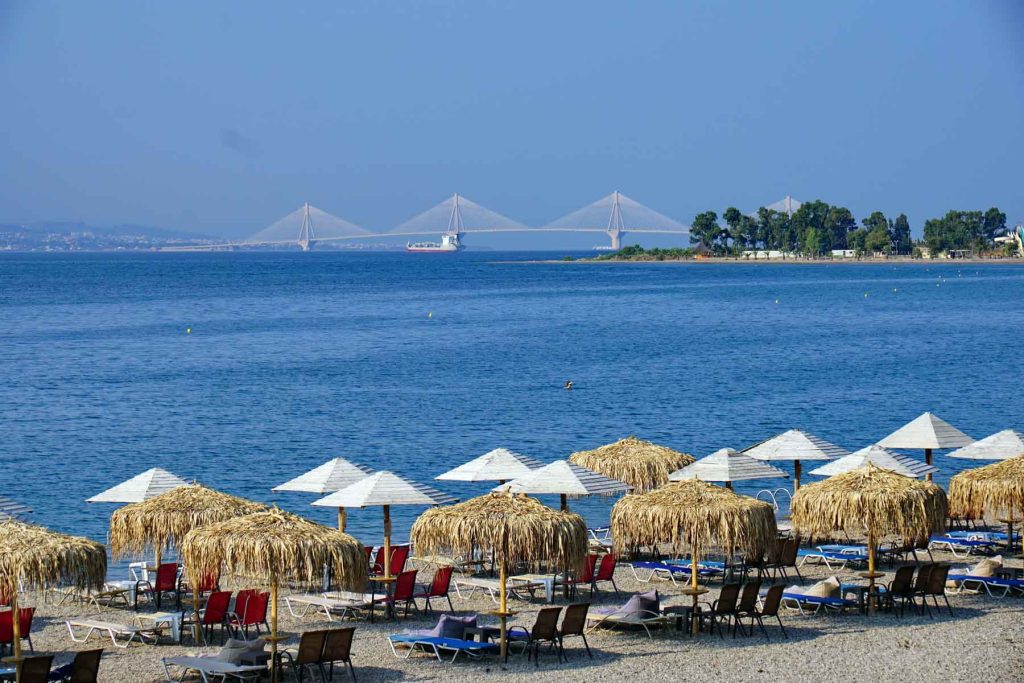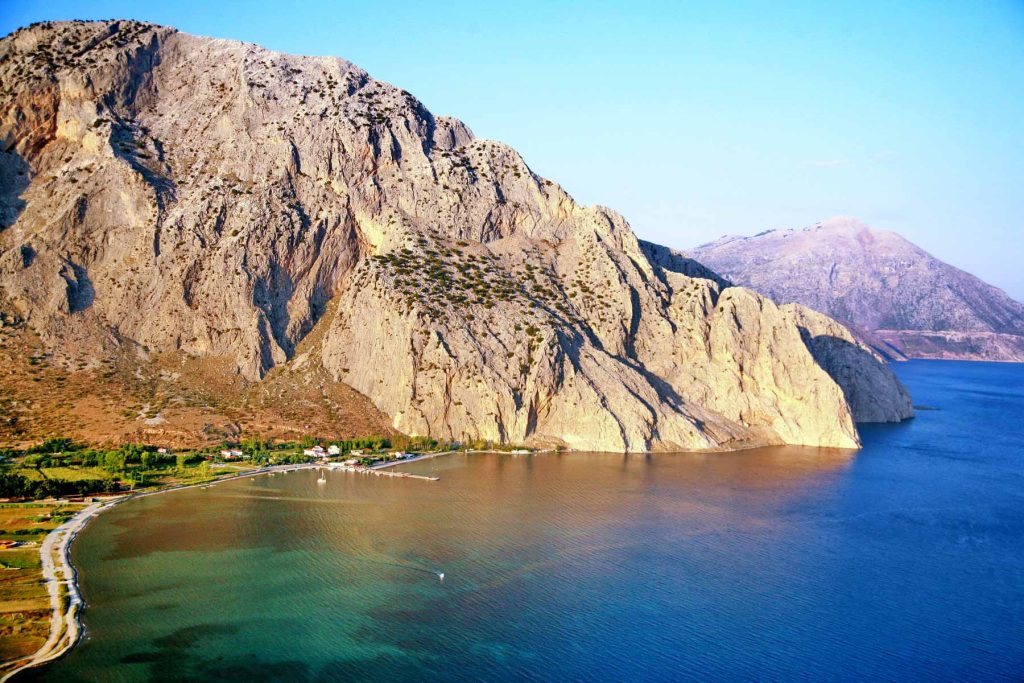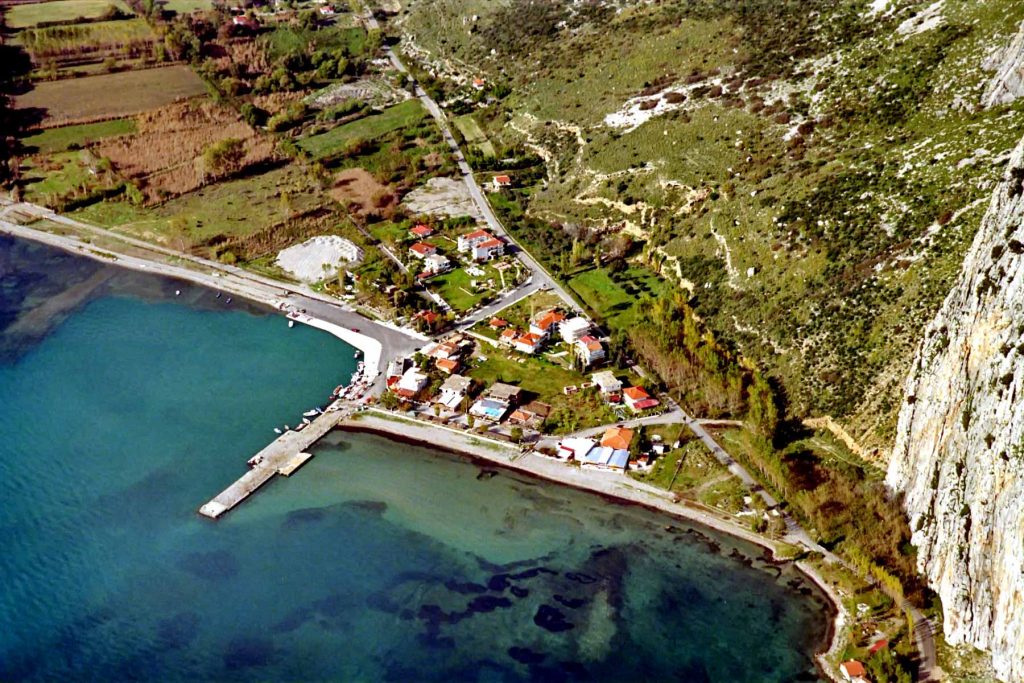- Religious Tourism
A short distance from Nafpaktos there are many holy monasteries, as well as monk hermitages and churches.
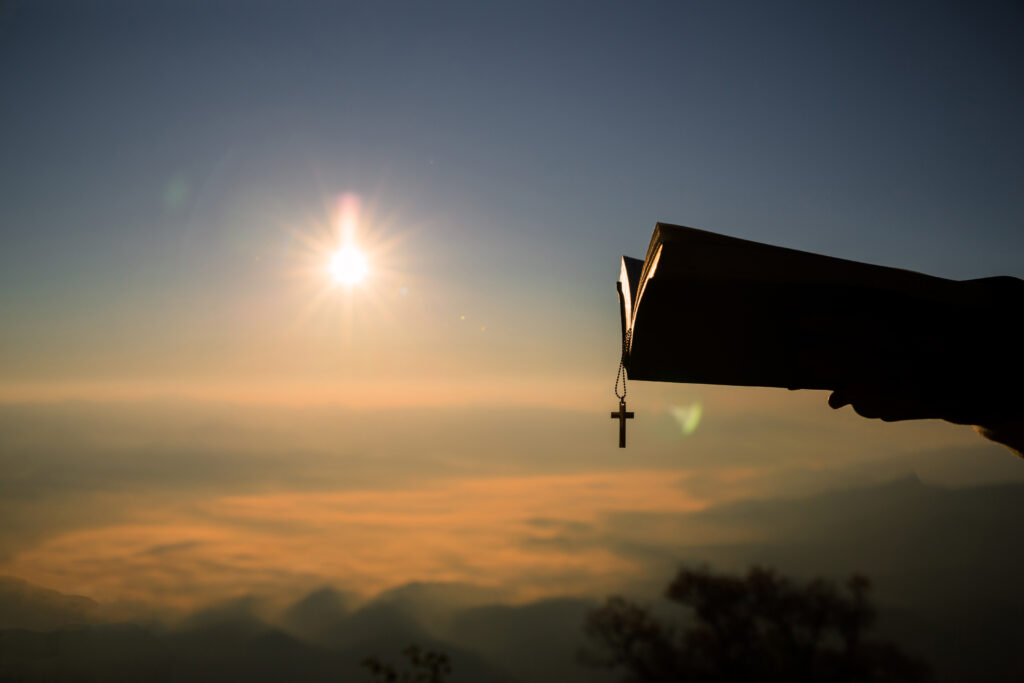
A short distance from Nafpaktos there are many holy monasteries, as well as monk hermitages and churches. The area has a plethora of churches and chapels presenting architectural, cultural and historical interest, which testify to the rich religious heritage and tradition of the region.
Starting our journey from the womens’ monastery of Saint John the Baptist Vomvokous, featuring extremely interesting frescoes from the 17th century, we continue to the newer monastery of the Transfiguration of Christ in the Elatos Square, built in 1864 by Epirot stonemasons, and then after the Monastery of Panagia Gorgoepikoos, we reach the west side of the Municipality of Nafpaktos, where we find the Byzantine church of Panagia Panaxiotissa and the Mount Varasova, which during the Byzantine era was called the “Holy Mountain of Aitolia” (due to the large number of monks and hermitages), with the characteristic cave of Agios Nikolaos perched on the rocks.
Thousands of visitors and worshippers gather every year on the night of Good Friday, in the Venetian port of Nafpaktos for the procession of the Epitaphs. A one-of-a-kind spectacle and spiritual feast that is for most visitors a lifetime experience. The candle-lit port welcomes the two Epitaphs, with the backdrop of the city’s castle with the flaming torches placed in its towers. The procession of the two epitaphs – from the churches of St. Demetrios and Agia Paraskevi – takes place on the streets of the city accompanied by the City’s Philharmonic Orchestra playing mournful music. The procession stops in the center of the harbor amongst the thousands of candles held by the people and once it leaves to go back to the church, a fireworks show lights the night sky.
The reference point of the region is the monastery of Panagia Ampelakiotissa (1456) near Ano Chora, which is considered the “the Holy Ark of Nafpaktia” with relics of great religious and artistic value.The holy icon of the Virgin Mary is kept there, the work of Evangelist Loukas, as well as the box with the right arm of Saint Polykarpos. It is worth seeing the wooden sculpted temple (1847), where the symbol of the vine dominates. The monastery is also graced by the Epitaph of Mariora, a work of art that was embroidered in 1735 by Mariora.
In Kryoneria there is the monastery of Saint Demetrius (1805). The dependency of the monastery is Prophet Elias (1818) while in Platanos the imposing church of Agios Nikolaos (1846) dominates with the two tower bells and its unique relics.
The monastery of St. John of Vomvokous is located 10 km north-east of Nafpaktos, just a short distance from the village of Vomvokou. More than 1,000 years old, it offers a magnificent view as it is built in a mountainous and steep area. The church of the monastery is quite interesting also. The marble plague between the two sculptures informs us that the abbot Arsenios completely renovated the church in 1695. Today it is a womens’ monastery and its church services are very exciting. The nuns maintain a remarkable workshop of Byzantine icons and production of traditional products.



